I hope this factual account about finding James Kidd’s grave inspires others to locate their ancestors amongst the historic graves of Camperdown Cemetery here in Sydney. In writing the story about James Kidd’s life, I realised that I needed to delve deeper into his past, find out who his parents were, where he came from and how and why he came to be transported as a convict to Australia. In this quest I have uncovered an outstanding Australian citizen.
My husband Geoff Rundle is descended from James Kidd, his third great grandfather, through the paternal line of his maternal grandmother Sylvia Rita Lenore Farrell.
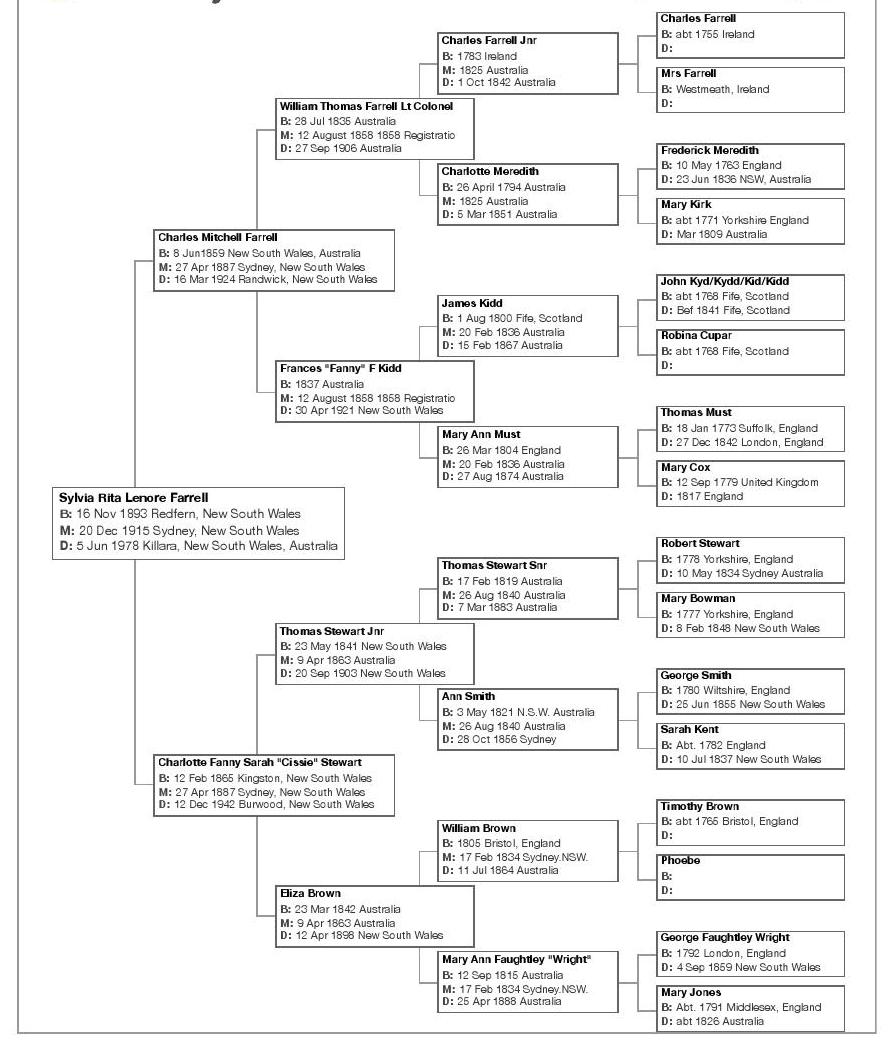
|
Name:
|
James Kidd
|
|
Vessel:
|
Burrell
|
|
Convicted Date:
|
14 Apr 1830
|
|
Voyage Date:
|
22 Jul 1830
|
|
Colony:
|
New South Wales
|
|
Place of Conviction:
|
Perth, Perthshire, Scotland
|
|
Name:
|
James Kidd
|
|
Age:
|
31
|
|
Date of Conviction:
|
11 Sep 1830
|
|
Place of Conviction:
|
Forth
|
|
Estimated birth year:
|
abt 1799
|
|
Vessel:
|
Burrell
|
|
Port of Arrival:
|
Sydney
|
|
Date of Arrival:
|
18 Dec 1830
|
James Kidd’s first wife Mary Ross and their three surviving children, John, James (baptised George) and Mary Ann (baptised Margaret) followed him to Australia aboard the Drummore. Also listed aboard the boat was Mary’s sister, Jane Ross, listed on board with several other women as milliners. Twelve days after their arrival, Mary Kidd tragically died on 28 November 1832. These facts are found in three handwritten pages in James Kidd’s application for acceptance for his daughter Mary Anne into the Orphan’s School in George Street, Sydney Town. James’ application explained his dire predicament, with not only a daughter to look after, but two sons to bring up without their mother. It must have been a most shocking and sad time for James. These historic papers were a vital link to James’ past, giving details about his family, along with a statement providing evidence of Mary Anne’s Baptism in Dundee, and revealing his homeland in Fifeshire, Scotland. Most importantly for me was that his wife’s maiden name of Ross was recorded. This name has been vital in my tracing James back to his family parish at St Andrews and St Leonards in Fifeshire, Scotland, where I found his sons John, Alexander (who died in Scotland) and George (called James) Baptism’s naming Mary Ross and James Kydd/Kyd as their parents, which correctly corresponds to their ages listed on the Application for Admissions for his sister Mary Anne to Orphans School. I finally found Mary Anne’s baptism in Dundee, after much searching, and it was revealed that she was in fact baptised Margaret as the dates from the Orphans School parallel each other. My discovery of Mary Kidd’s migration aboard the Drummore was exciting. I was trawling through Trove digitised newspapers and came across this newspaper article, and my heart suddenly quickened.
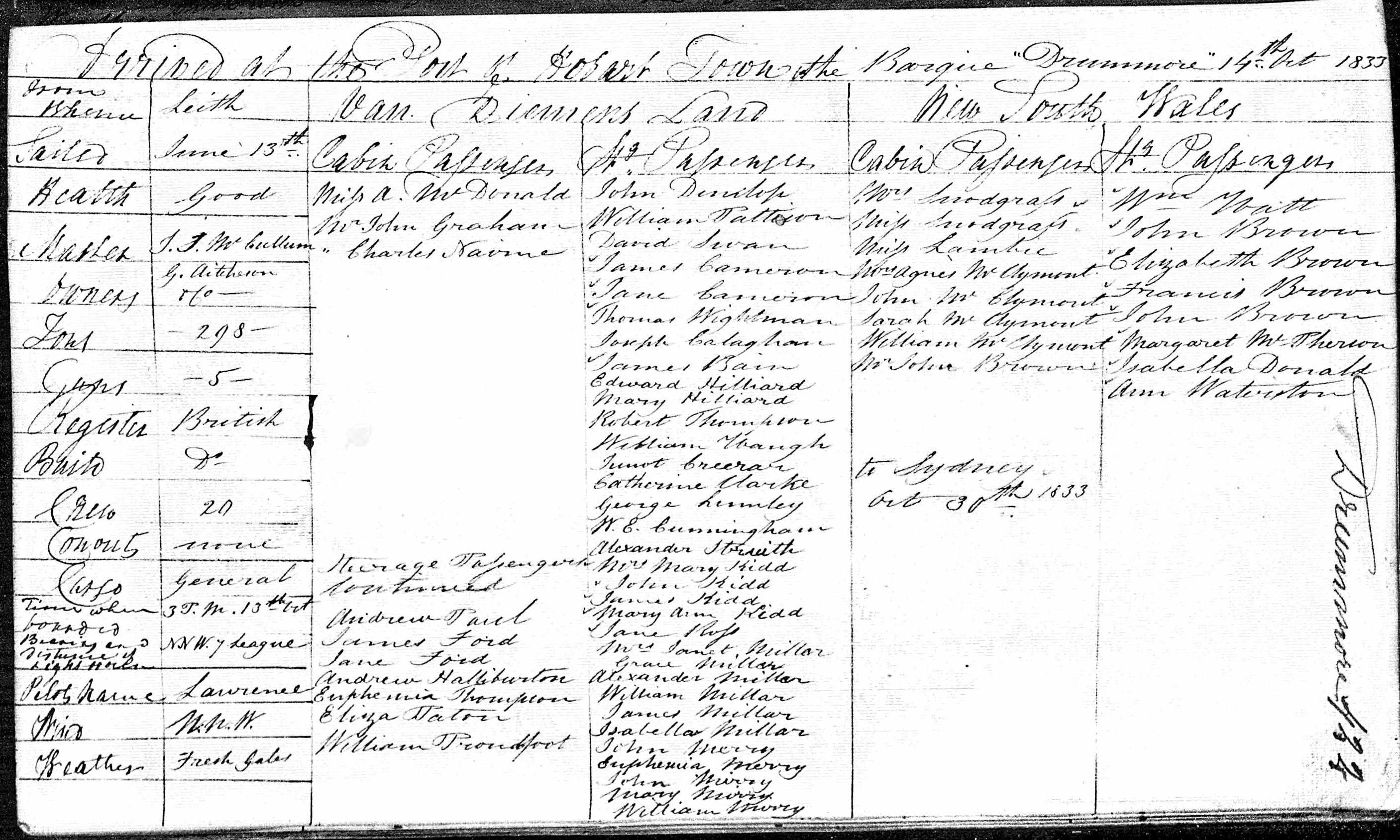
|
Name:
|
Mary Kidd
|
|
Death Date:
|
1833
|
|
Death Place:
|
New South Wales
|
|
Registration Year:
|
1833
|
|
Registration Place:
|
Sydney, New South Wales
|
|
Volume Number:
|
V18331040 102
|
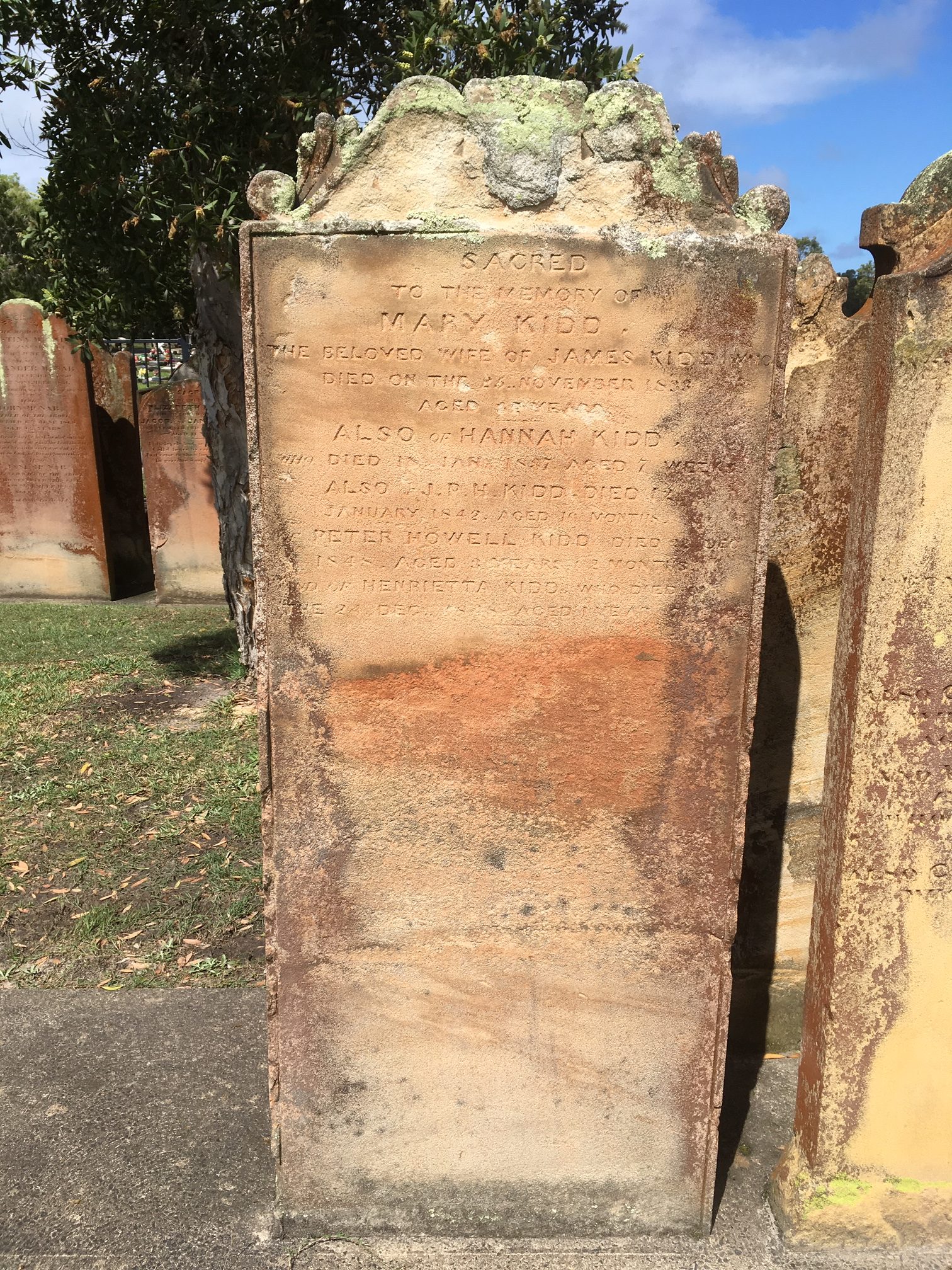 Headstone for Mary Kidd who died on 24 November 1833 and was buried at Devonshire Cemetery, also James Kidd and Mary Ann Must’s infant children, Hannah Kidd, J. P. H. Kidd, Peter Howell Kidd and Henrietta Kidd
Headstone for Mary Kidd who died on 24 November 1833 and was buried at Devonshire Cemetery, also James Kidd and Mary Ann Must’s infant children, Hannah Kidd, J. P. H. Kidd, Peter Howell Kidd and Henrietta Kidd
In 1901 Devonshire Street Cemetery was razed for the building of Sydney’s Central Railway Station and many of the headstones were relocated and bodies resumed to cemeteries all over the Sydney metropolitan area, including Camperdown, Botany, South Head and Rookwood Cemeteries, to name just a few. However, many headstones were not re-claimed by their families, resulting in 2825 headstones being removed to Bunnerong Cemetery. Sadly by 1976 only 746 headstones survived when they were again relocated to the newly founded Botany Pioneer Park. It was an incredible experience to visit there in March 2019 and find amongst these lovely old stones the headstone for Mary Kidd and four of the infant children from James Kidd’s second marriage to Mary Ann Must. It was tragic to see that Hannah Kidd, died 18 January 1837, aged 7 weeks, Thomas Peter Howell Kidd, died 3 January 1842, aged 15 months, Peter Howell Kidd, died 22 December 1848, aged 3 years and Henrietta Kidd, died 24 December 1848, aged 1 year. Infant mortality was high in the early years of the Colony of New South Wales, scarlet fever, measles, whooping cough and diphtheria to name just a few childhood illnesses. At certain times there were confirmed epidemics, especially in the crowded and unsanitary areas of early Sydney. Two of the Kidd’s children, Peter and Henrietta, dying just a few days apart in the summer of 1848.
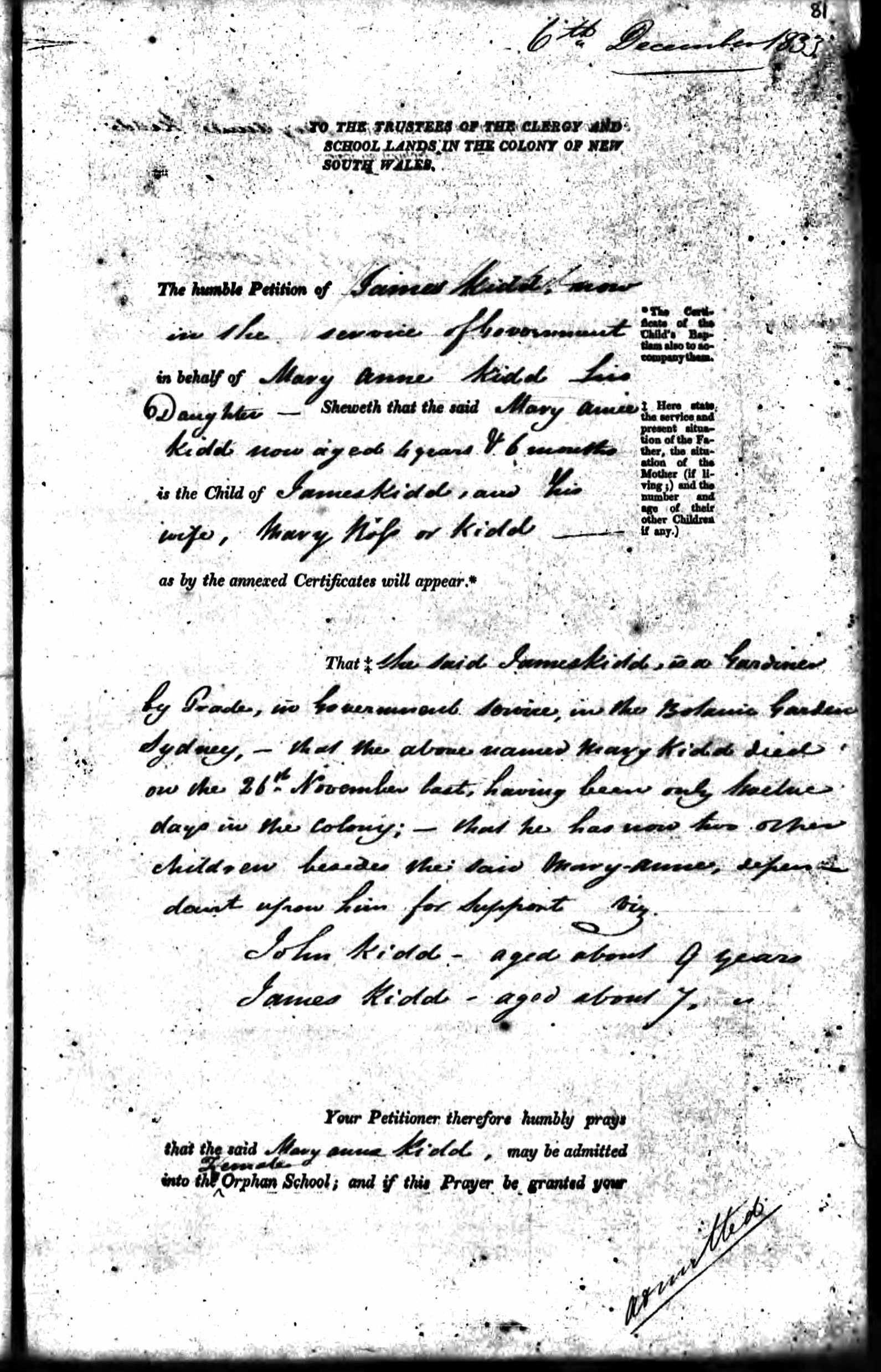
NSW Australia, Application to Orphans School 1817-1833, Mary Ann Kidd, 6 Dec 1833, page 1
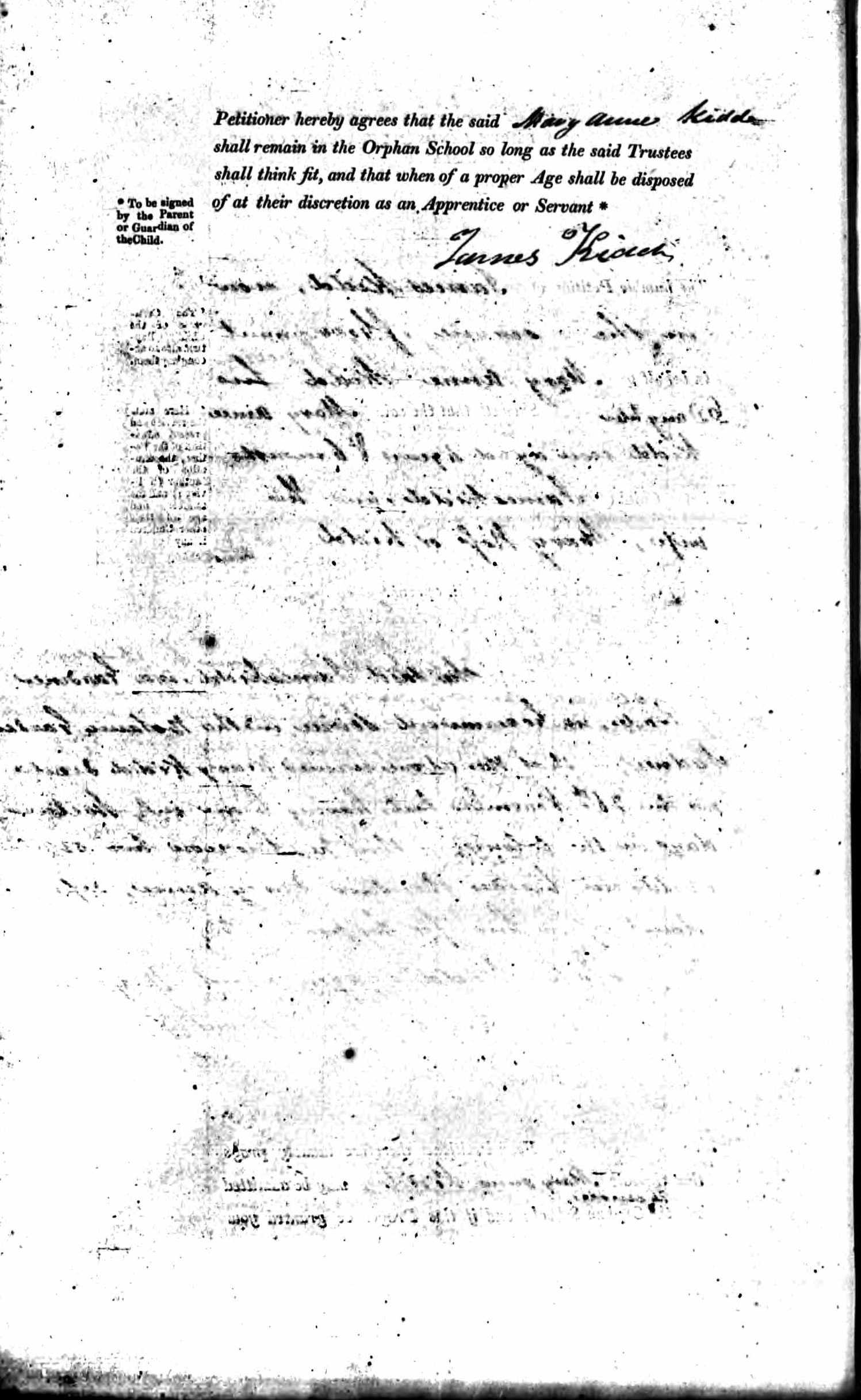 NSW Australia, Application to Orphans School 1817-1833, Mary Ann Kidd, 6 Dec 1833, page 2
NSW Australia, Application to Orphans School 1817-1833, Mary Ann Kidd, 6 Dec 1833, page 2
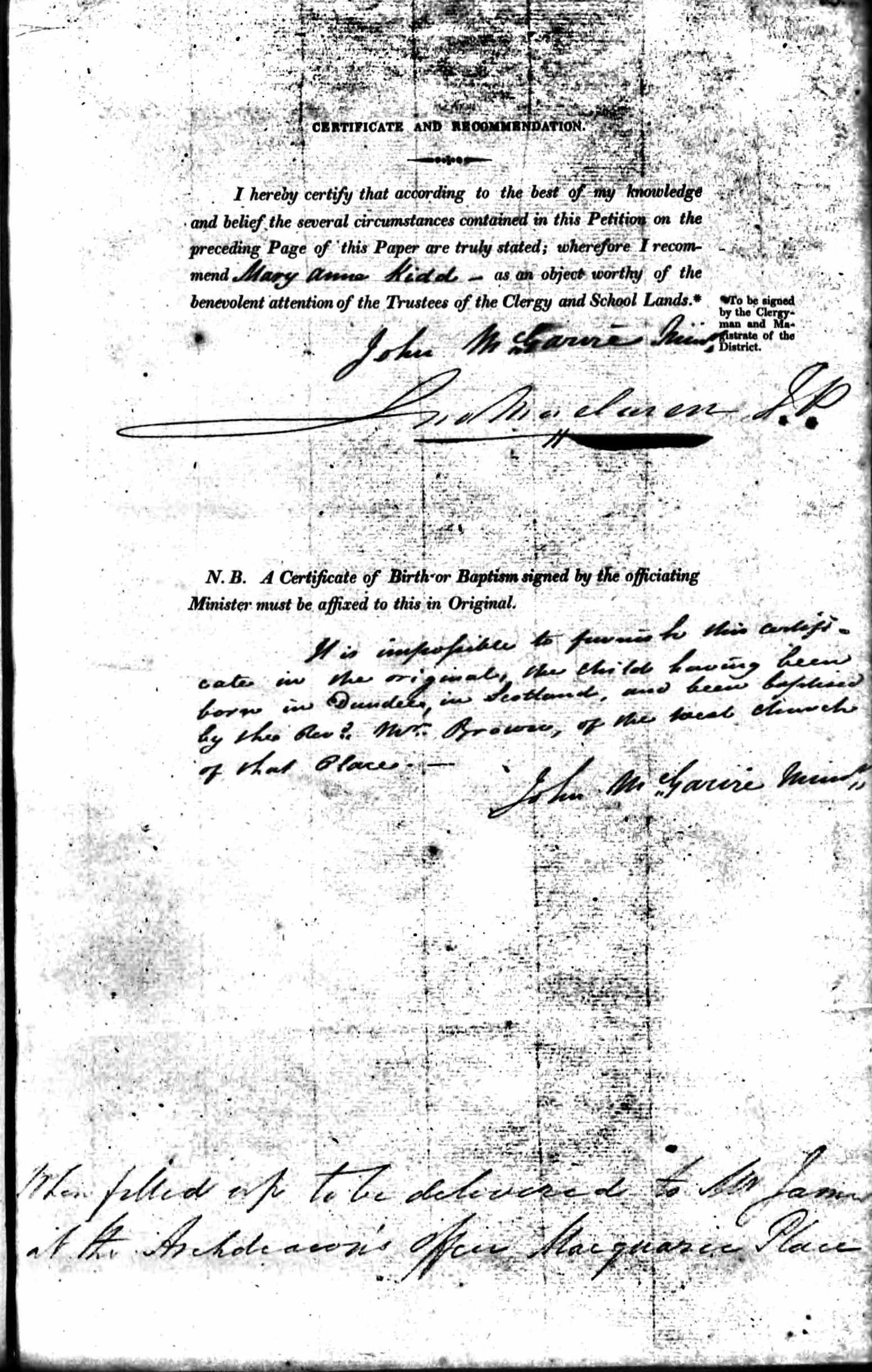 NSW Australia, Application to Orphans School 1817-1833, Mary Ann Kidd, 6 Dec 1833, page 2
NSW Australia, Application to Orphans School 1817-1833, Mary Ann Kidd, 6 Dec 1833, page 2
James Kidd and Mary Ross’s daughter Margaret “Mary Ann” Kidd was born in Scotland and baptised on 21 June 1829 in Dundee (1829-1897). Mary Ann Kidd and Edward Melvin (-1873) had one son James Joseph Melvin (1852-1927). Mary Ann then married James Dillon in Pitt Street, Sydney in 1853 and they had three children John Dillon (1853-), Joseph Dillon (1855-) and Alice Mary Dillon (1855-1931).
I was fortunate to connect with Lesley Turner, a descendant of Mary Ann Dillon, who emailed me with the most interesting information regarding the time when the Kidd family lived in the Sydney Botanic Gardens. These reminiscences by Mary Ann Dillon are so special and I am honoured that Lesley shared this wonder story about her ancestors.
“Mary Ann, the daughter of James Kidd, was born in Scotland, she was his eldest child. Her mother had died when she was young.Mary Ann swam in a public baths somewhere on the waterfront. At that time a head covering called a ‘mop cap’ was a fashionable piece of clothing, so instead of combing and caring for her hair, Mary Ann just tucked it under her cap. This went on for some time.
Then one day Mary Ann’s stepmother came into her bedroom while she was dressing, with a horrified look at Mary Ann’s salt encrusted, tangled hair her stepmother picked up a pair of scissors and cut it off. Life for Mary Ann without her long hair, was rather traumatic for many months.
At the time Mary Ann lived in the Gardens, convicts worked in chain gangs, on the road, public buildings and even in the Gardens. Often late in the afternoon towards dusk, small groups of them would come into the Gardens to pick leaves from certain trees to put on their backs, which were badly cut from floggings. Aborigines were numerous around the foreshore of the Harbour and they often came through the Gardens. Little notice was taken of them, however some were known by name.
One winter evening when it was almost dark, Mary Ann was walking home when she noticed a small group of aborigines who appeared to be following her, lurking in the shadows and moving behind trees and shrubs. She felt fear of them for the first time in her life.
Mary Ann hurried along, noticing a larger group in the distance she moved towards them, thinking there would perhaps be safety in numbers. She was delighted to notice the head of the tribe amongst the larger group. “Good evening King Billy” she called out loudly to him. “Budgeree Mary” he replied, and waved angrily at the other tribesmen, who then slunk further into the shadows and no longer followed her.
Mary Ann married a man named James Melvin. Her father did not approve of the marriage and disowned her. She did not say what her husband did for a living or why her father disliked him.
One Sunday morning a few years after they were married James Melvin drowned in a fishing accident near the shore of the Gardens. Sometime later she was sitting in the Gardens with her little son, James, when her father came up to her. “Well, Mary Ann your willful ways did not bring you much luck” he said, “And you had the satisfaction of seeing him drowned almost on your doorstep” she answered. In a more kindly tone he continued. “Let bygones be bygones, you may come home.”
Mary Ann was grateful to be home. However her relationship with her father did not improve, as he disliked her second husband, a man called Dillon, even more. She left Sydney with her new husband and young son to live in the Mudgee district and never saw her father again. In the days before the railway line came through to Mudgee, when Cobb and Co was still king of the road, a friend of Mary Ann’s went to Sydney for a holiday. She was given a letter for the Kidd Family, with the instructions on how to look them up if they no longer lived in the Gardens, in fact they had moved, as the father had died by that time.
The sisters were delighted to hear from her and sent letters and photos back. However on the return trip the coach was robbed by bushrangers and the friend’s handbag containing the letters and photos was amongst the things stolen. Mary Ann was very disappointed and never again tried to contact her family.
The Dillon family lived on a small farm at Cullenbone, a few miles from Mudgee on the Cudegong River. There were three more children: Alice, John and Joseph. Dillon was Irish and the family were brought up Catholic.
James Melvan [the son] married Ellen O’ Donoghue and went to live in the Cassilis district. He was well known in the area as a breeder and trainer of race horses.
Alice Dillon married John Fittler and lived in Mudgee. The two younger boys did not marry. Mary Ann’s husband died when her granddaughter, Alice was a young child. Alice remembered walking with her father John Fittler from their home in Church Street to the cemetery in the west end of Mudgee.” Lesley Turner 15 November 2015
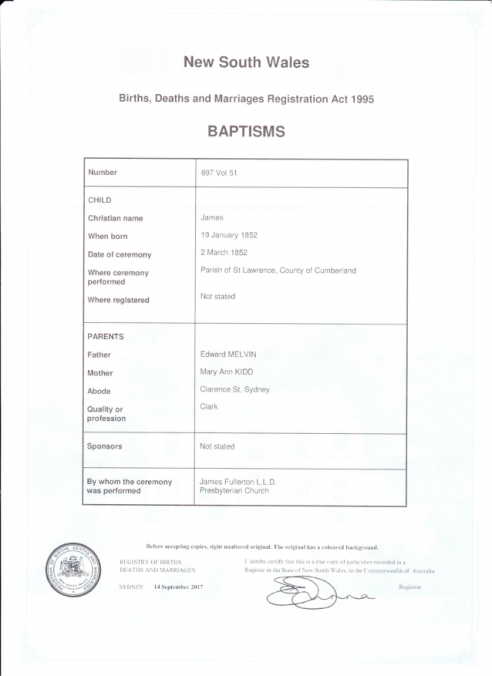
Baptism of James Melvin, 2 March 1852, son of Edward Melvin and Mary Ann Kidd (faded document), image courtesy of Roy Coota, ancestry.com family trees
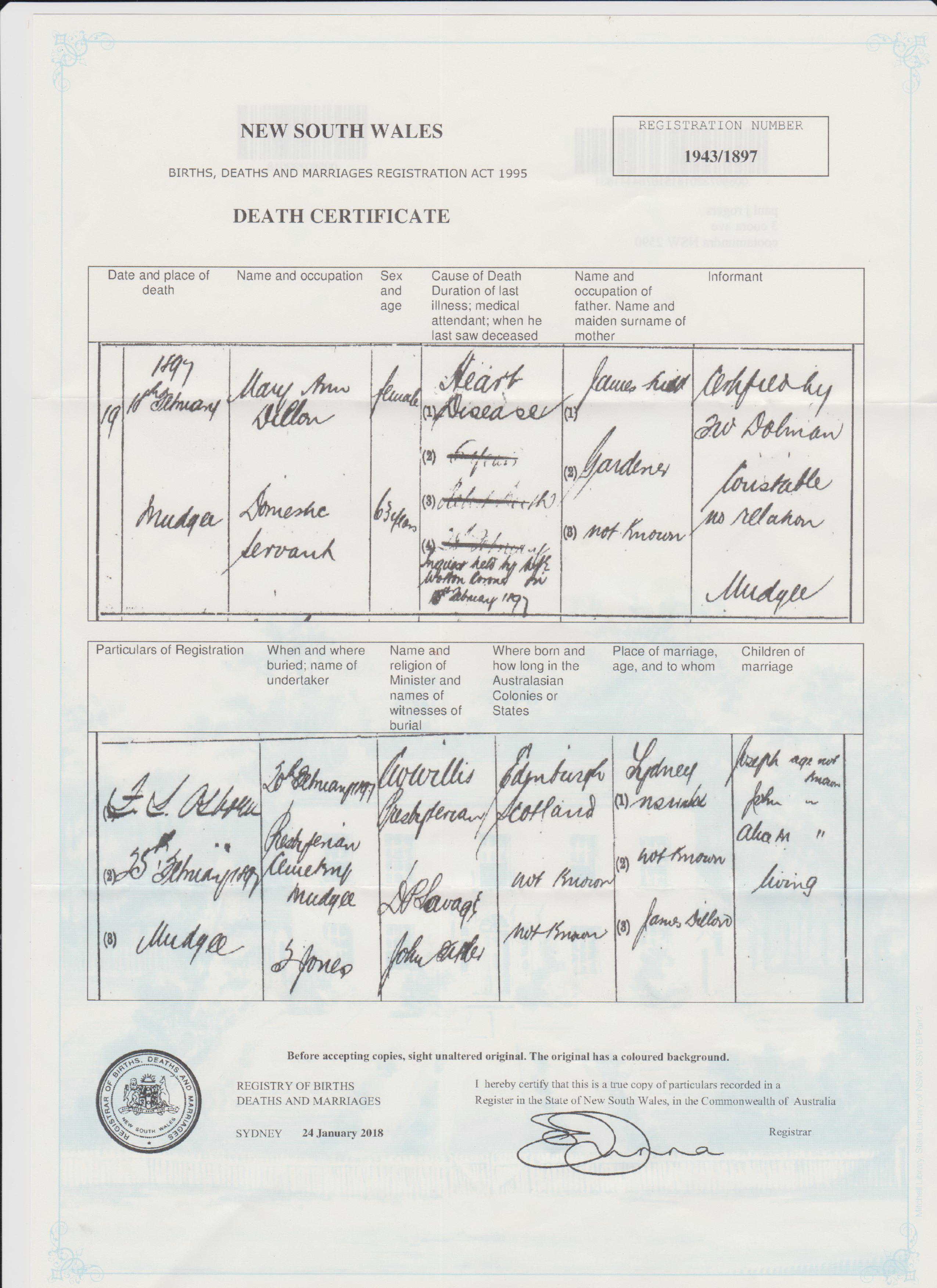
Death Certificate of Mary Ann Dillon, 18 January 1897, aged 63, Mudgee, New South Wales, image courtesy of Roy Coota, ancestry.com family trees
Mary Ann’s father James Kidd is described as a gardener on this document.
The information that I uncovered from the Orphans School document led me to search for Mary Ross and James Kidd’s life in Scotland, before he was convicted. It was incredibly exciting to find James’ marriage to Mary Ross while searching the Family Search website. Not only did I find the Kidd’s marriage at Saint Cuthberts, Edinburgh, I also found their three sons, John, George, Alexander’s Baptisms from St Andrews and St Leonards, Fifeshire, and from Dundee, I found the baptism of their daughter Margaret. Dundee, tying in with James Kidd’s place of conviction.
Sometime later I decided to search Scotlands People, the National Archives of Scotland, for the originals of these transcriptions which I had found on Family Search.
Whilst in the Fifeshire Family History Centre, it was suggested that James Kidd’s first cousin had married a clergyman and that James Kidd was the gardener of their estate. Listed on the children’s baptisms from St Andrews and St Leonards is the Kidd’s address at Cleremont. This could possibly be his home and his employment address whilst he was a gardener in Fife.
It should also be noted that by the time James and Mary Kidd’s daughter Margaret was born, James’ occupation had become a vintiner, a man dealing in wines or a wine bar. This ties in with his conviction papers and the fact that he had changed his occupation and had moved to the city of Dundee, which all fitted in with all the problems that beset him when he got into trouble with counterfeiting money.
James Kidd, listed as a gardener, and Mary Ross were married at Saint Cuthbert’s Church in Edinburgh on 12 December 1821, giving their address as 3 Davie Street. This magnificent church is in the heart of Edinburgh next to the Botanic Gardens, with Edinburgh Castle towering above majestically. It is a most beautiful place and I feel that Mary must have been a native of Edinburgh and that this was in all probability her family’s parish church. It was interesting to see that Wilhelmina Ross was also listed on the marriage register, marrying tailor, Donald McKenzie, whether or not Mary and Wilhelmina are related remains a mystery for now.
After James’ conviction, Mary Kidd’s migration with her children to Australia was from Leith, which is the port of Edinburgh. I feel that Mary may have returned to her family in Edinburgh after James’ transportation. A woman alone, with four young children needed protection and emotional care, after such a trauma. It was also sad to find that their son Alexander Kidd had died, possibly in Edinburgh, just before their journey, adding greatly to poor Mary Kidd’s woes.
It was indeed comforting to know that Mary was close to her sister Jane Ross, who then accompanied her on the voyage on the Drummore to Australia. I don’t know what happened to Jane Ross after her arrival. I have searched for a marriage record without success.
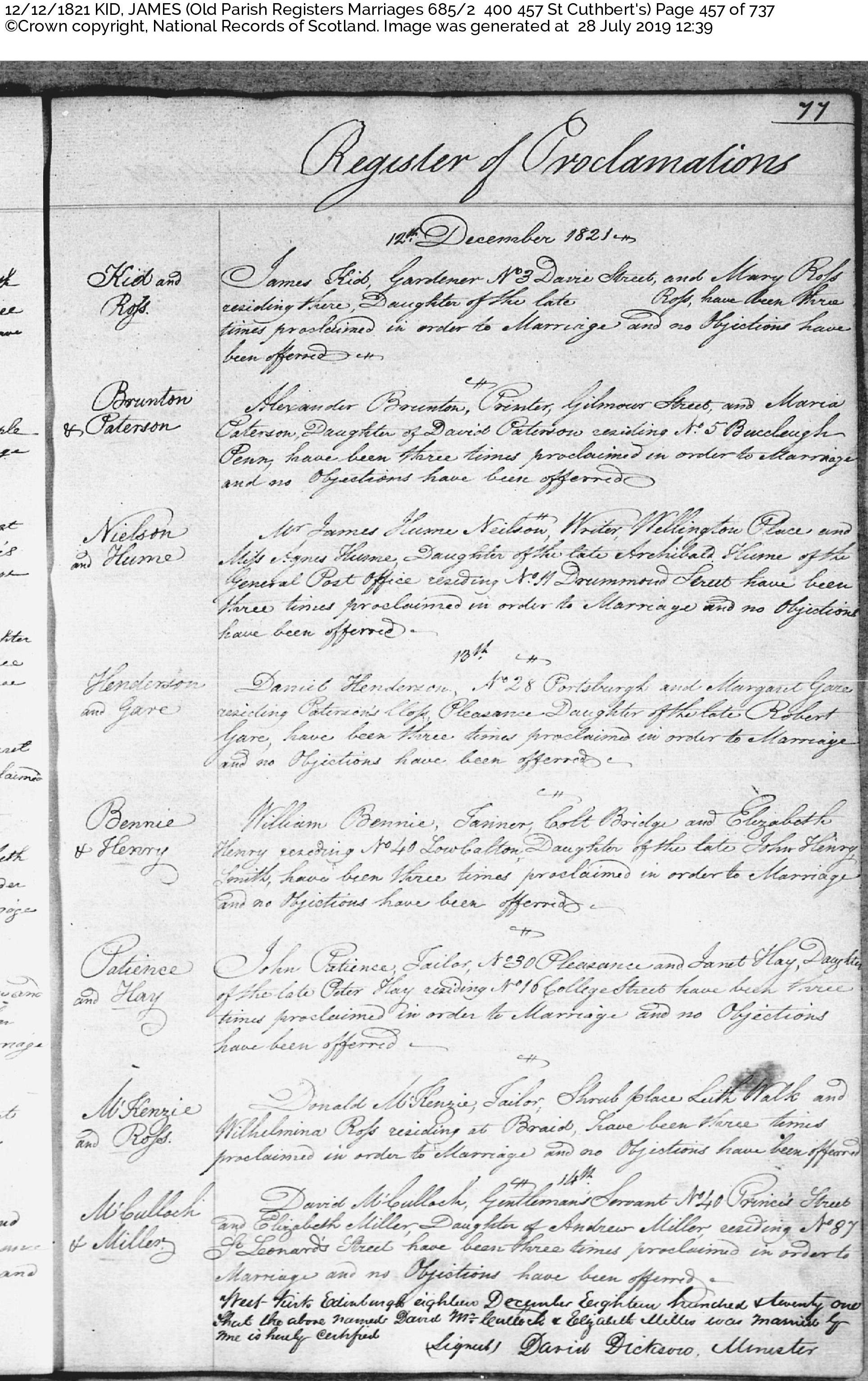
Certificate of Proclamation for the Marriage of James Kidd and Mary Ross, 12 December 1821, St Cuthbert’s Church, Edinburgh, Scotland
James lists himself as a gardener of No 3 Davie Street and Mary Ross, is listed as also residing there. Maps of Edinburgh, show Davie Street, near to Holyrood Castle and Edinburgh University in the Old Town Precinct.
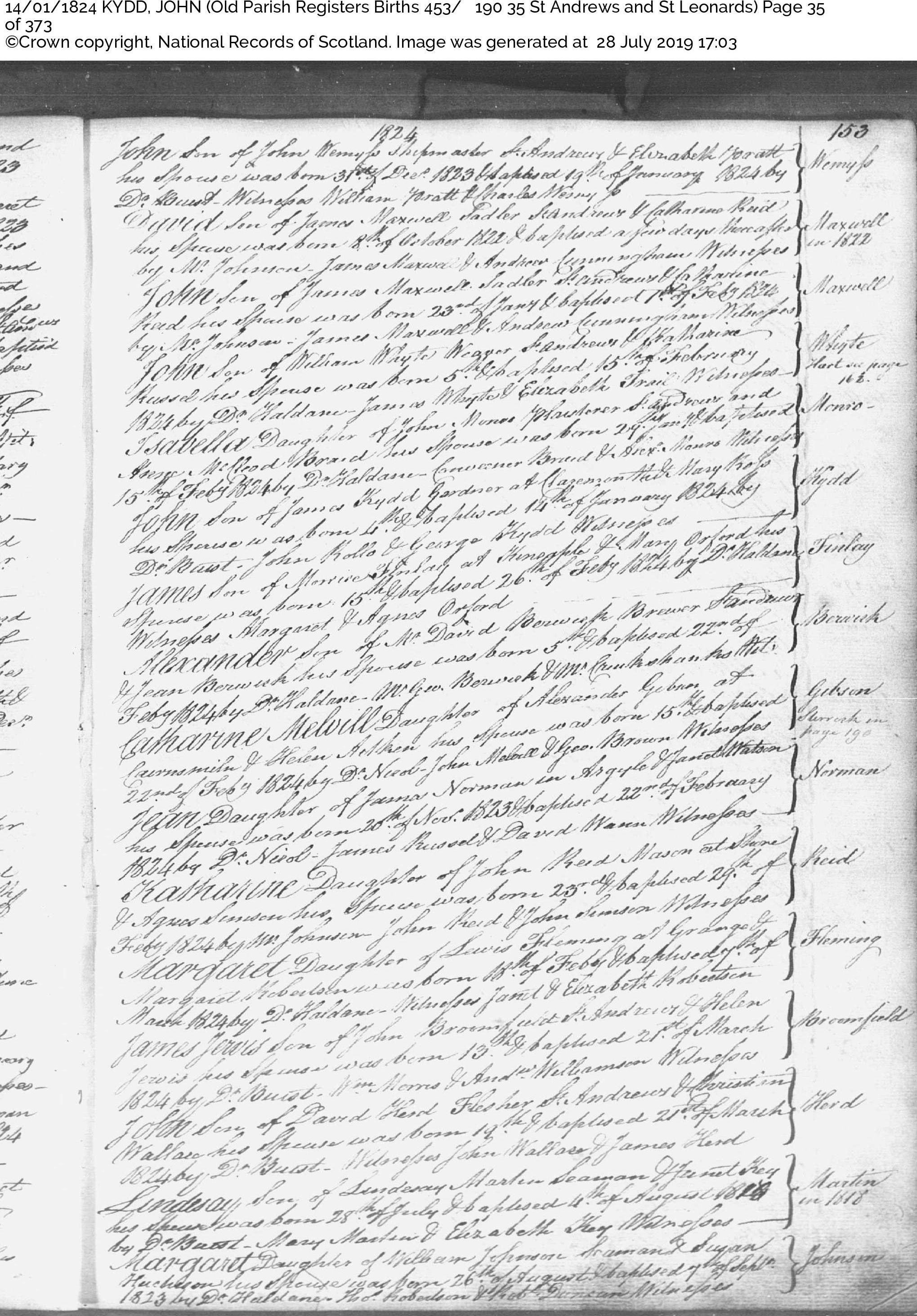 Baptism of John Kydd, son of James Kydd and Mary Ross, St Andrews and St Leonards Church, St Andrews, Fife, Scotland, Gardener at Clermont, 14 January 1824, born 4 August 1824
Baptism of John Kydd, son of James Kydd and Mary Ross, St Andrews and St Leonards Church, St Andrews, Fife, Scotland, Gardener at Clermont, 14 January 1824, born 4 August 1824
A witness to John Kydd’s Baptism was George Kydd, presumably a brother of James Kydd.
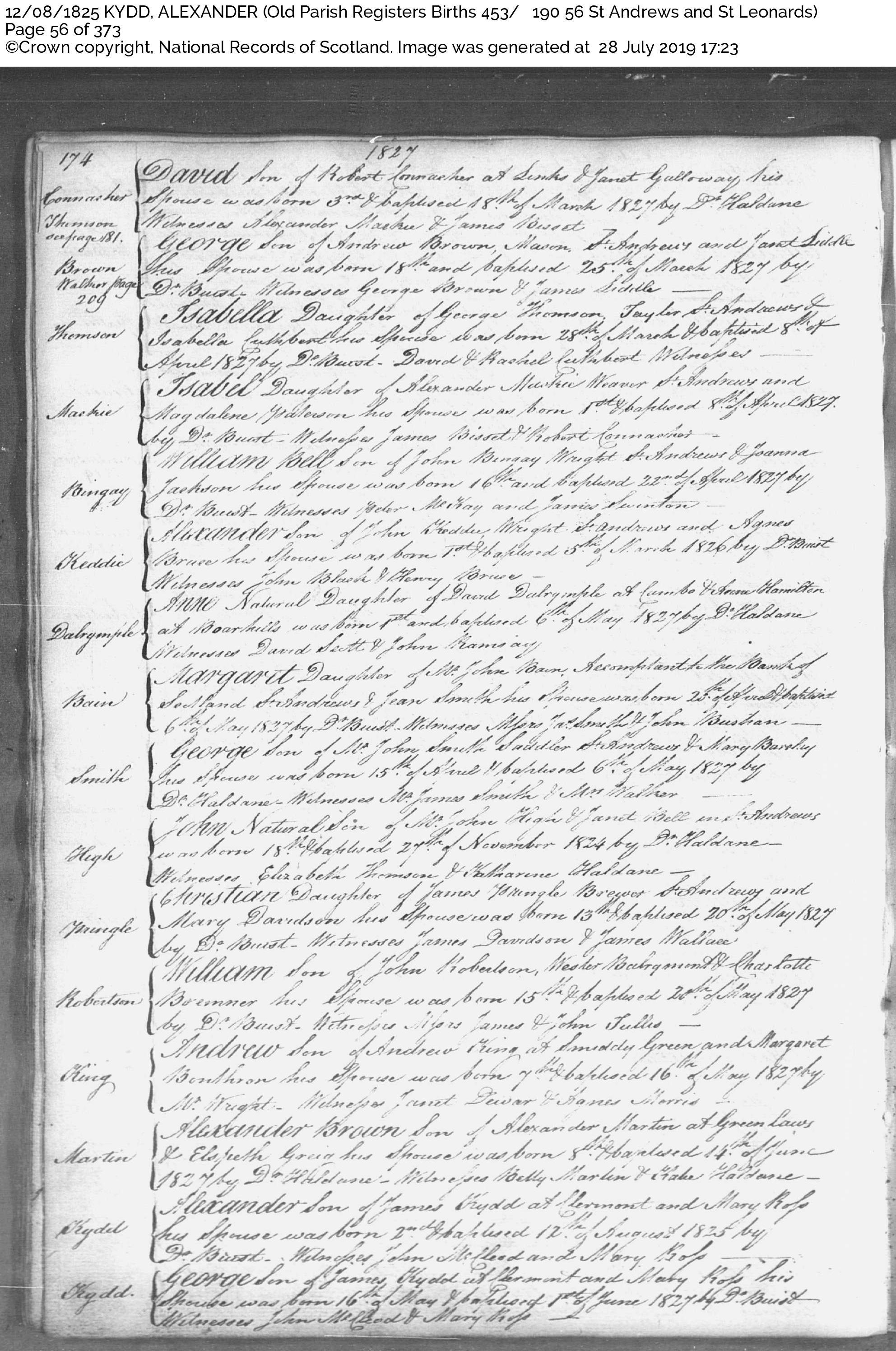
Baptisms of Alexander and George Kydd, sons of James Kydd and Mary Ross, Alexander baptised 12 August 1825, St Andrews and St Leonards Church, St Andrews, Fife, born 2 August 1825, George baptised 1 June 1827, born 16 May 1827, address given as Clermont
The Baptisms of James and Mary Kydd’s children were so interesting. There was a lot of information on these documents. The mention of James Kydd working as a gardener at Clermont reminded me about his early employment in Fife, which, although unconfirmed, now seems to have been correct.
In 2013 I received an email from Andrew Campbell from the Fife Family History Society, who kindly wrote to me about James Kydd being employed at Clermont Cottage by the Rev. James Nairne (1750-1819) the Rector of Pittenweem. James Nairne married Helen Kyd (1755-1836), the daughter of Captain James Kyd of Elie Lodge, Fife. A plaque dedicated to James Kyd of Elie Lodge can be found on the stone wall of Elie Church, just as you enter the front door. Andrew Campbell’s thoughts were that Helen Kyd was a distant cousin of James Kydd/Kyd/Kidd of Pittenweem (1800-1867) and that James had gained employment at Clermont Cottage through the connection of Helen Nairne nee Kydd. From the baptisms it would seem that James Kydd lived at Clermont Cottage with his wife Mary and their children up to the time that James moved the family to Dundee in about 1829 and changed occupation. This may have come about after the death of James Nairne in 1819. Helen Nairne may have continued living at Clermont Cottage, however she did moved to Camberwell, Surrey, England, to live with her son Captain Alexander Nairne (1785-1866) and perhaps that was why James Kidd’s employment ceased at Clermont Cottage about that time.
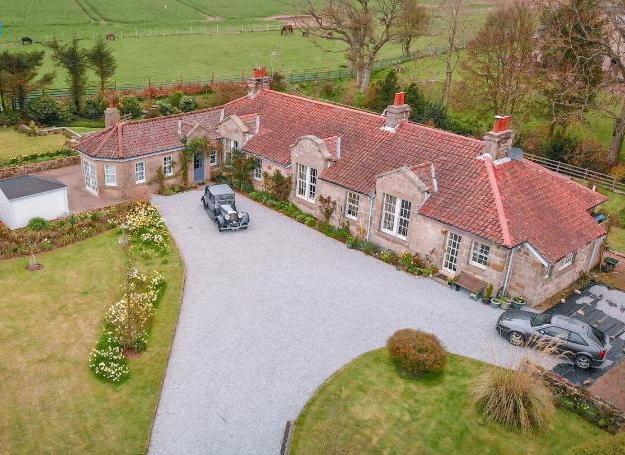
Claremont Cottage, Fifeshire, Scotland, image courtesy of Bookings.com
Claremont Cottage is a private boutique hotel today and the house has been lovingly restored. It can be found just a few miles out of St Andrews, Fifeshire at Claremont Burn.
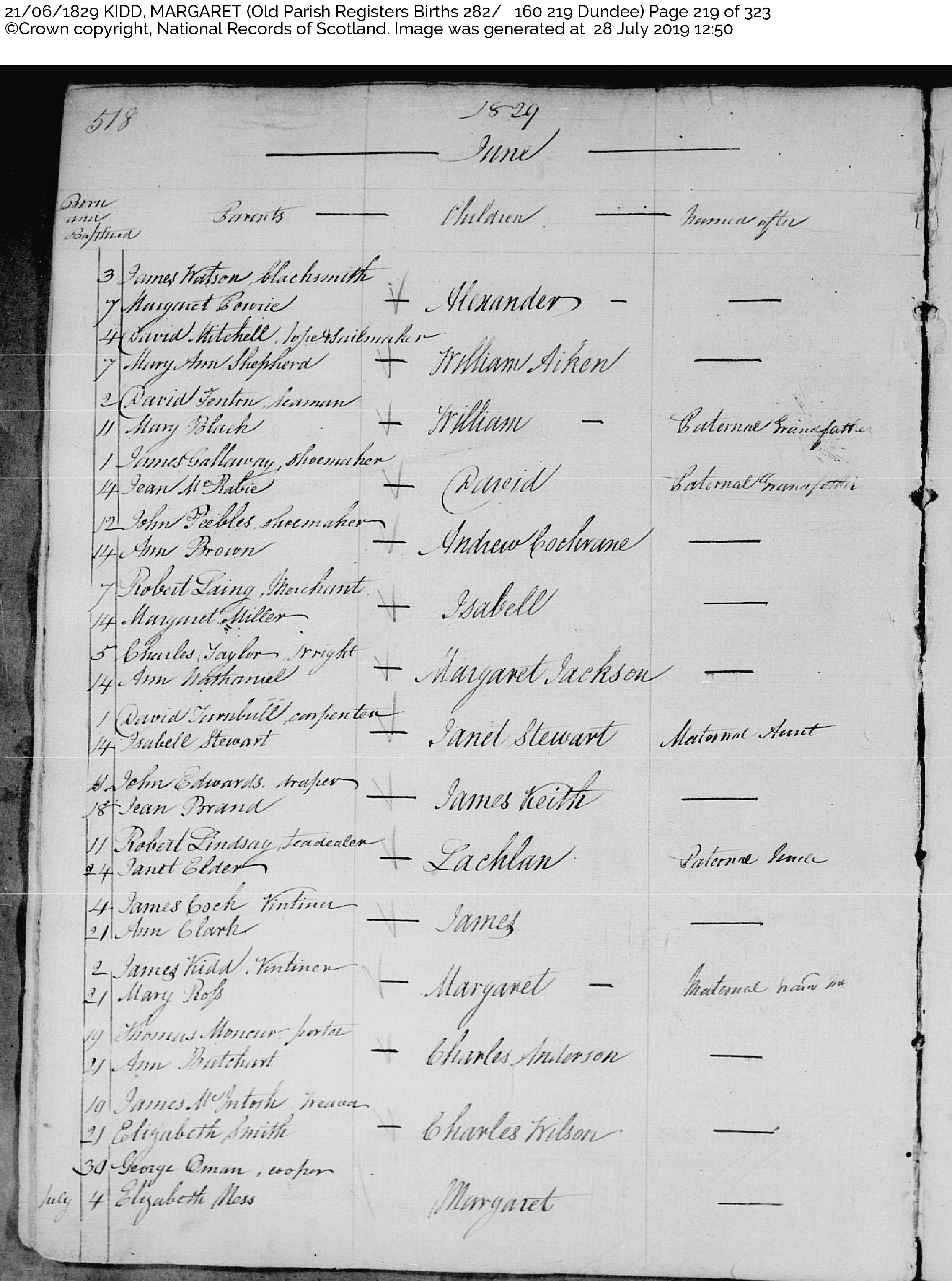
Baptism of Margaret Kidd, daughter of James Kidd, Vintiner and Mary Ross, 21 June 1829, Dundee, Scotland, born 2 June 1829, named in honour of maternal nana m?
James Kidd must have been devastated after his first wife’s death in 1833 in Sydney. I imagine this time in his life was most difficult and sorting out his domestic arrangements must have been a priority. James Kidd’s promotion in about 1833 as the first caretaker to the Botanic Gardens in Sydney came with a home in the gardens. It was perhaps at this time that James was able to employ a housekeeper and gain back his children from their various placements in Sydney, after his wife had died so suddenly. It may well have been that this person was Mary Ann Must, who was to become his second wife.
The next important document I was to find was James Kidd’s convict application to marry Mary Ann Must, which was granted on 16 January 1836 and was supported by the Reverend J McGarvie, who married the couple at St Andrews Presbyterian Church, Bathurst Street, Sydney. Mary Ann Must, according to this record, arrived free aboard the Britomart. A further investigation revealed the ship arriving in Sydney, via Hobart on 15 March 1822. Mary Ann Must was migrating, possibly as a servant girl, looking after the young children of a migrating family, on the voyage from Portsmouth.
Arrival of the Britomart, Sydney Gazette, 15 March 1822
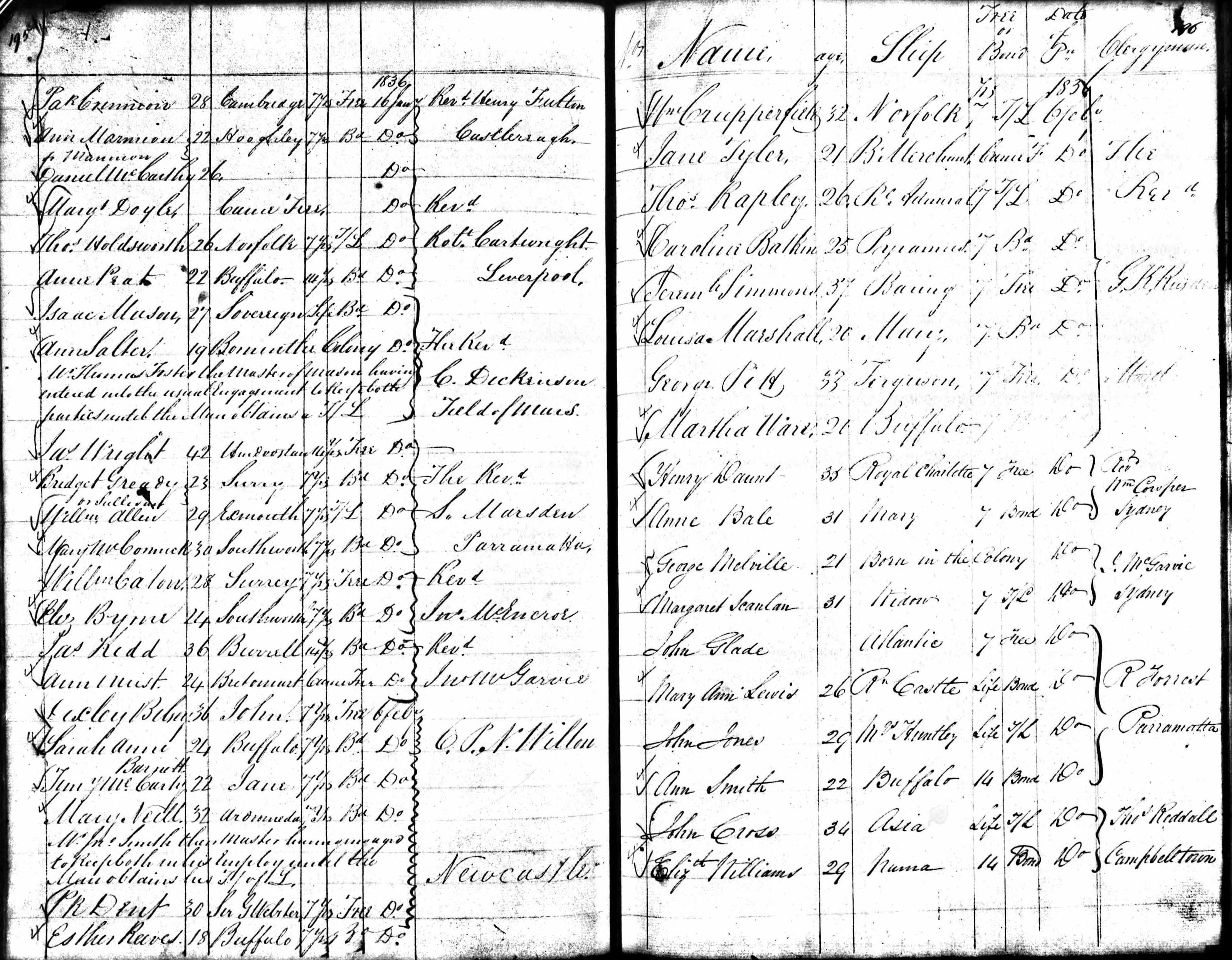
Convict marriages were difficult to achieve and applications to marry were strictly sanctioned by the Governor of New South Wales and often took an inordinate amount of time to arrange the papers and gain approval. James and Mary Ann Kidd became the first family to make their home in the Caretaker’s Stone Cottage on the premises of the Botanic Gardens. James and Mary Ann Kidd had eight children, however sadly, only four daughters, Frances, Anne, Amelia and Martha survived to adulthood. The next document is the Kidd’s New South Wales Marriage Transcription and it is interesting that Mary Ann’s brother Thomas Must was the witness to the marriage.

Marriage of James Kidd and Mary Anne Must, image courtesy of Jenny Purdie (blurred image)
The previous illustration was kindly provided by the Botanic Gardens and was an illustration from a report from the 1870’s by Charles Moore, Superintendent of the Botanical Gardens, the Overseer’s lodge is numbered 2 on the map near the private gardens to the south.

View of the harbour from the Gardens, John Eyre, 1811, State Library of New South Wales
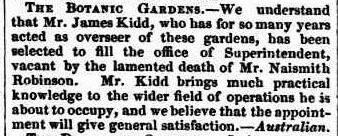
Appointment of Mr James Kidd as Superintendent of the Botanic Gardens, Maitland and Mercury General Advertiser, 20 July 1844
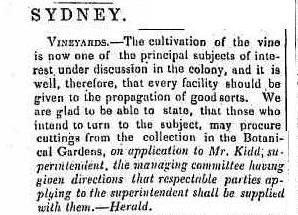
Vineyards, 10 October 1844, True Colonist
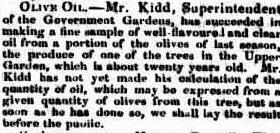
Olive Oil, Australian, 11 June 1846
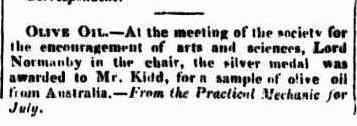
Olive Oil, Sydney Morning Herald, 23 January 1847
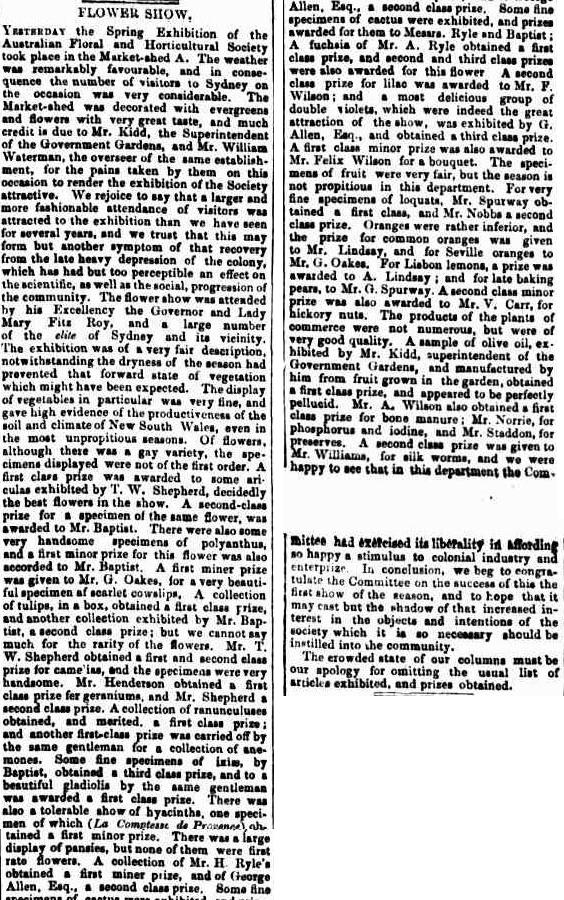
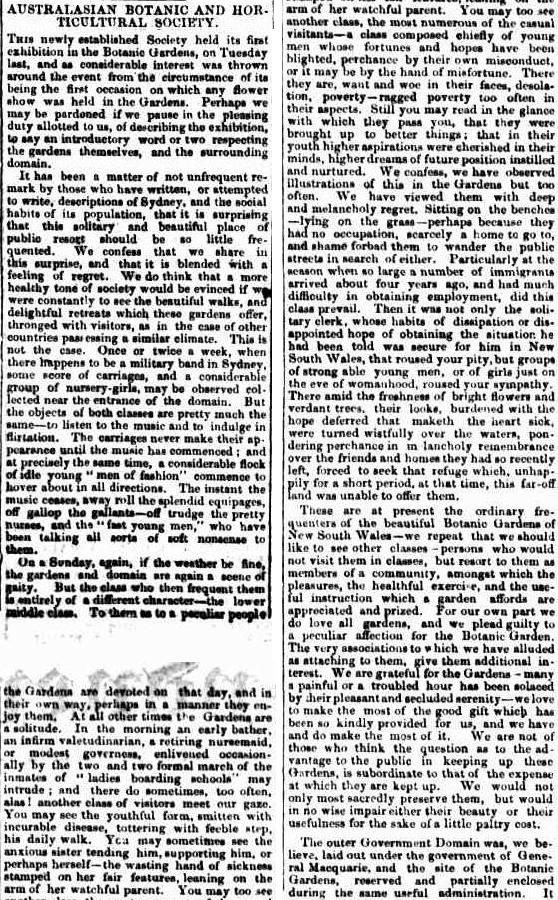
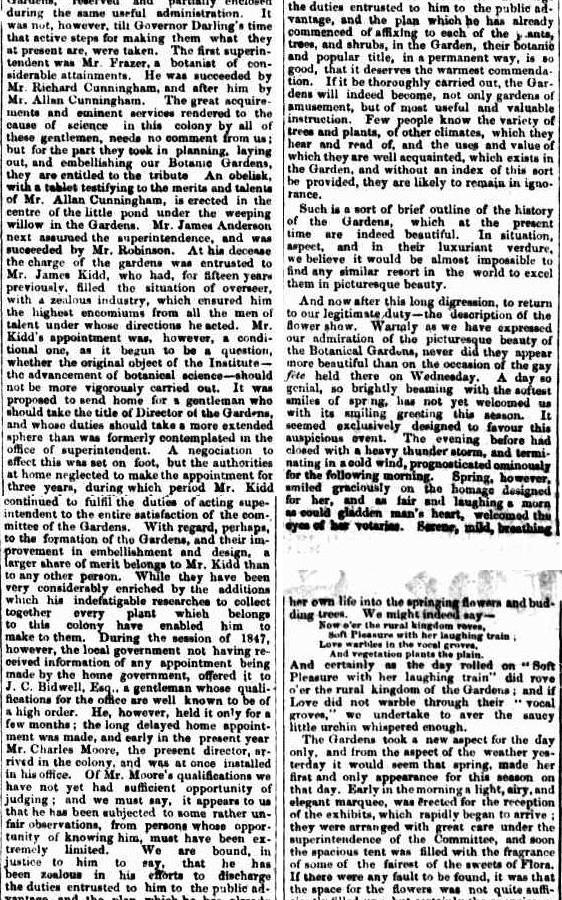 Australian Botanic and Horticultural Society, Sydney Morning Herald, 13 October 1848
Australian Botanic and Horticultural Society, Sydney Morning Herald, 13 October 1848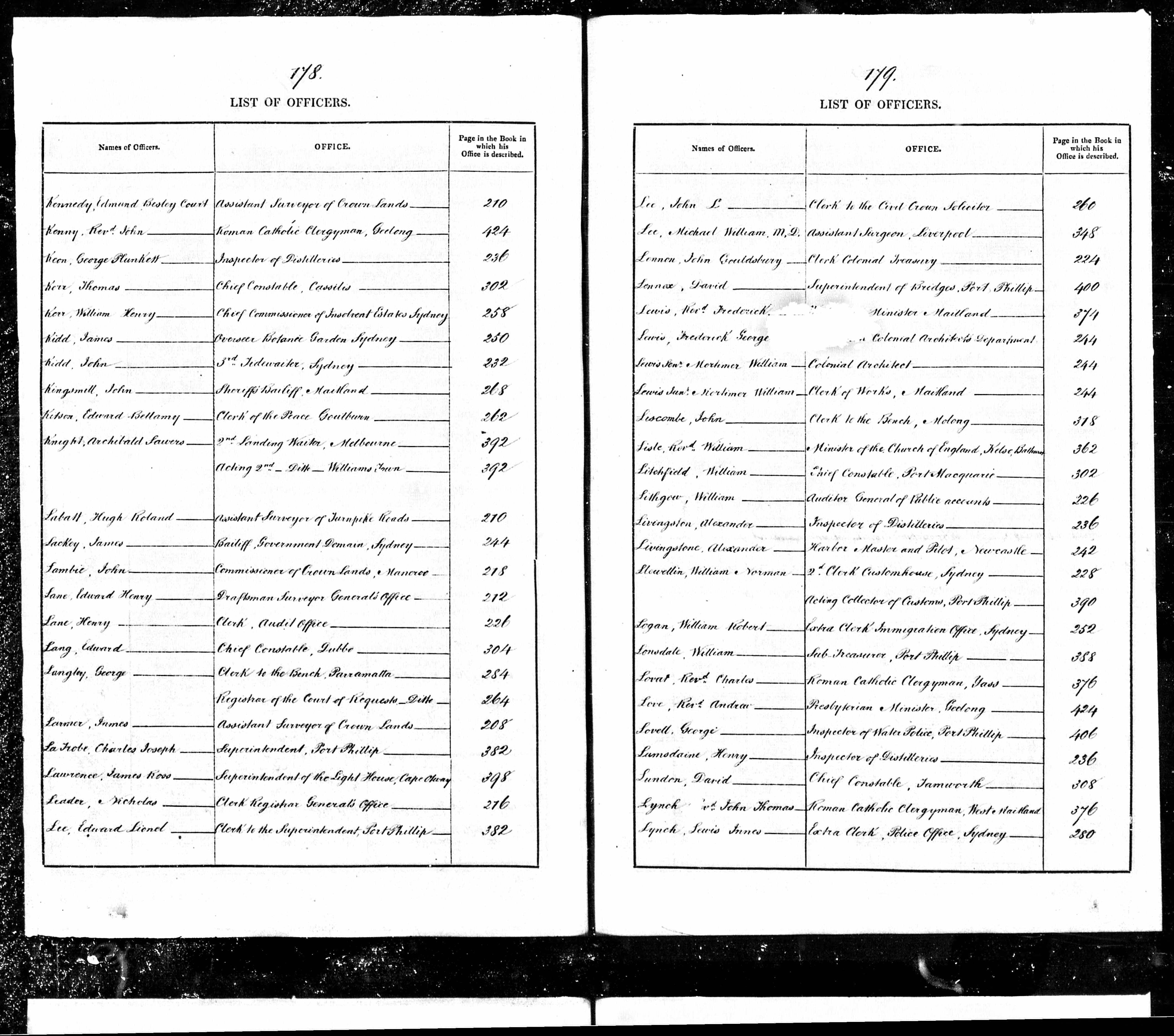
Death Notice of John Kidd, Tide master, from The Sydney Morning Herald 17 June 1886.
Anne Kidd, daughter of James Kidd and Mary Ann Must (1839-1929) married Robert Stearne Tighe (1835-1907) on 6 February 1866 and they had six children, William McLeod Tight (1866-1955), Edith C Tighe (1868-1887), Robert Stearne Tighe (1870-1870), Annie J. R. Tighe (1871-1949), Grace Etheline Tighe (1874-1906) and Henrietta Georgina Tighe (1876-1950).

Marriage of Annie Kidd to Robert S Tighe, 6 February 1866 at St James Church, Sydney, Empire
Amelia and Martha Kidd did not marry, Amelia Kidd died at the age of 79, see her death index below, and her sister Anne Tighe appears to have lived to the ripe age of 90. I just love the death notice for Anne, which demonstrates how proud and fond the family were of their father and his achievements. It also supports other stories regarding the children being the first family to be born in the Botanic Gardens in Sydney. There was so much information supplied by this newspaper clipping.
|
Name:
|
Amelia Kidd
|
|
Death Date:
|
1920
|
|
Death Place:
|
New South Wales
|
|
Father’s Name:
|
James
|
|
Mother’s name:
|
Mary A
|
|
Registration Year:
|
1920
|
|
Registration Place:
|
Marrickville, New South Wales
|
|
Registration Number:
|
11287
|
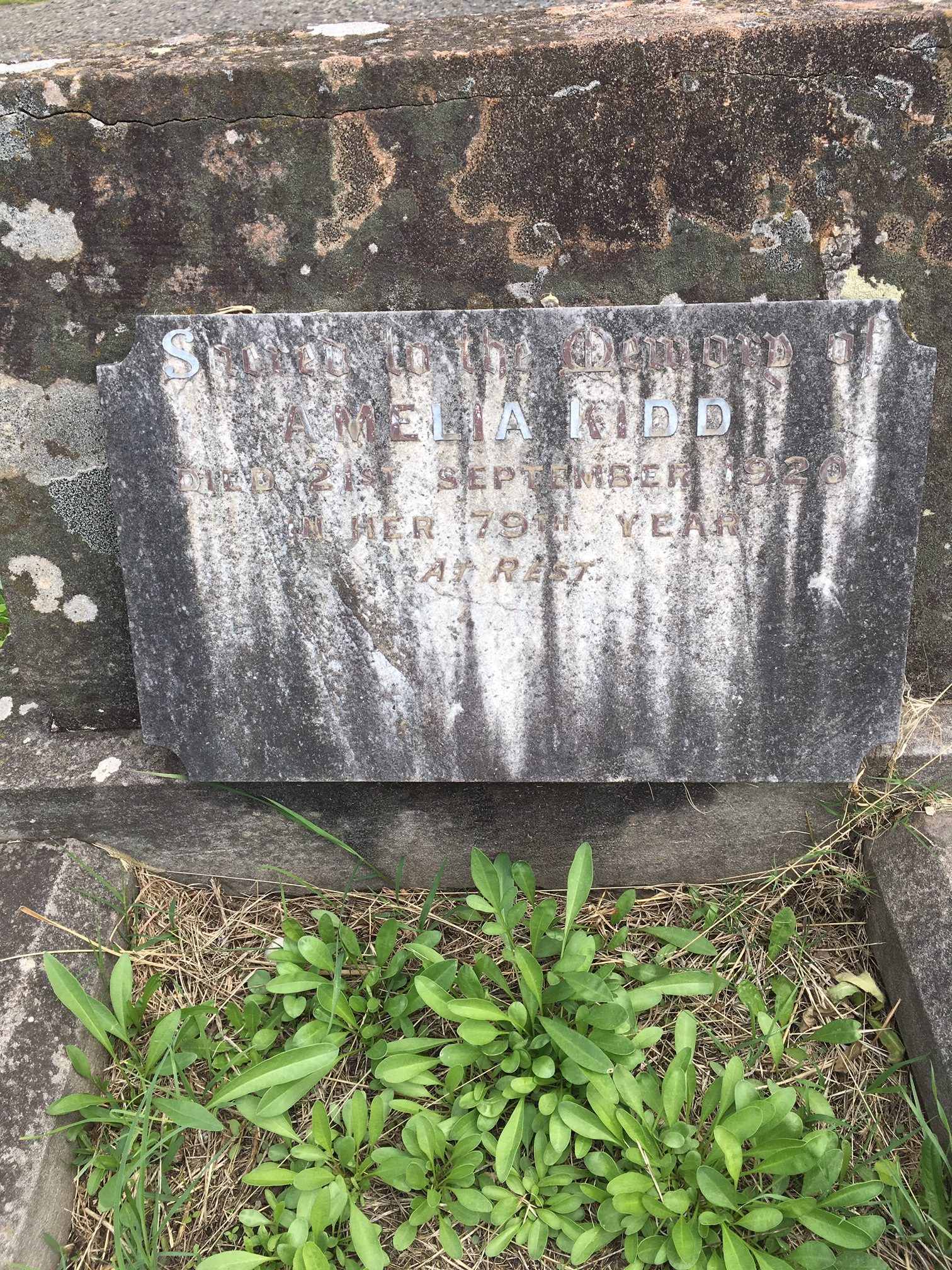
Death notice of Anne Tighe nee Kidd The Sydney Morning Herald, 21 November 1921
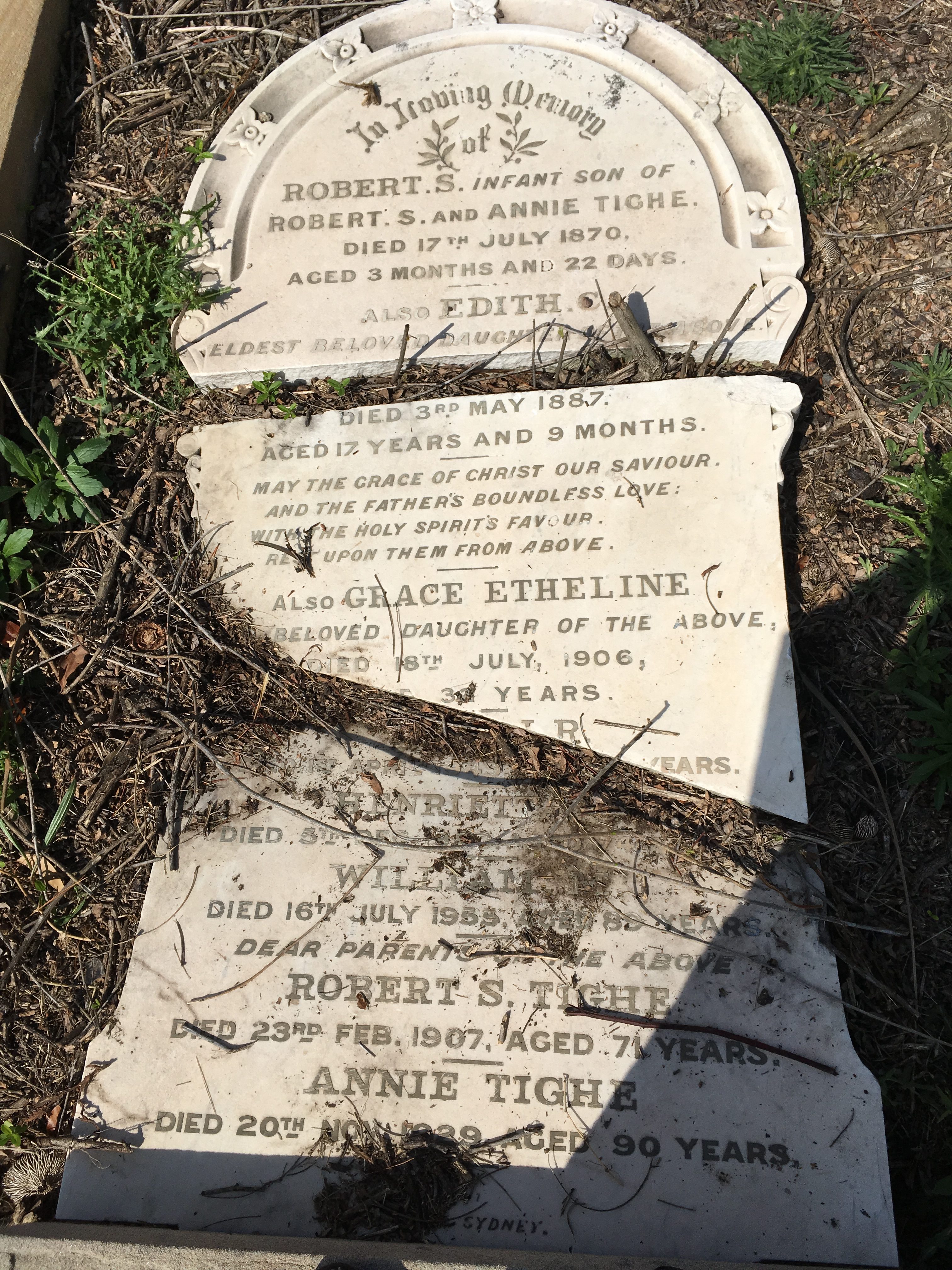
Headstone for Robert Stearne Tighe, his wife Annie and children, Rookwood Cemetery
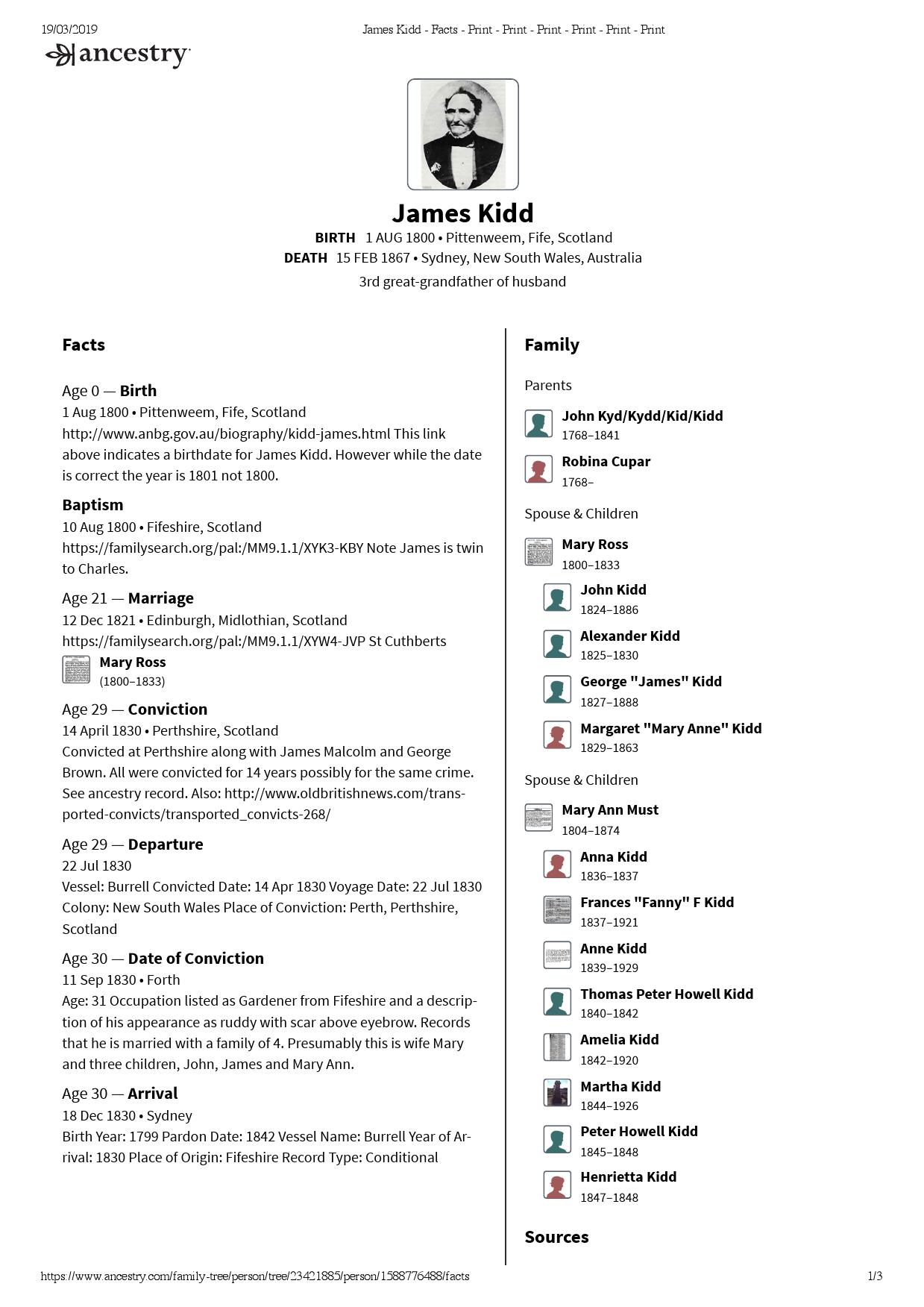
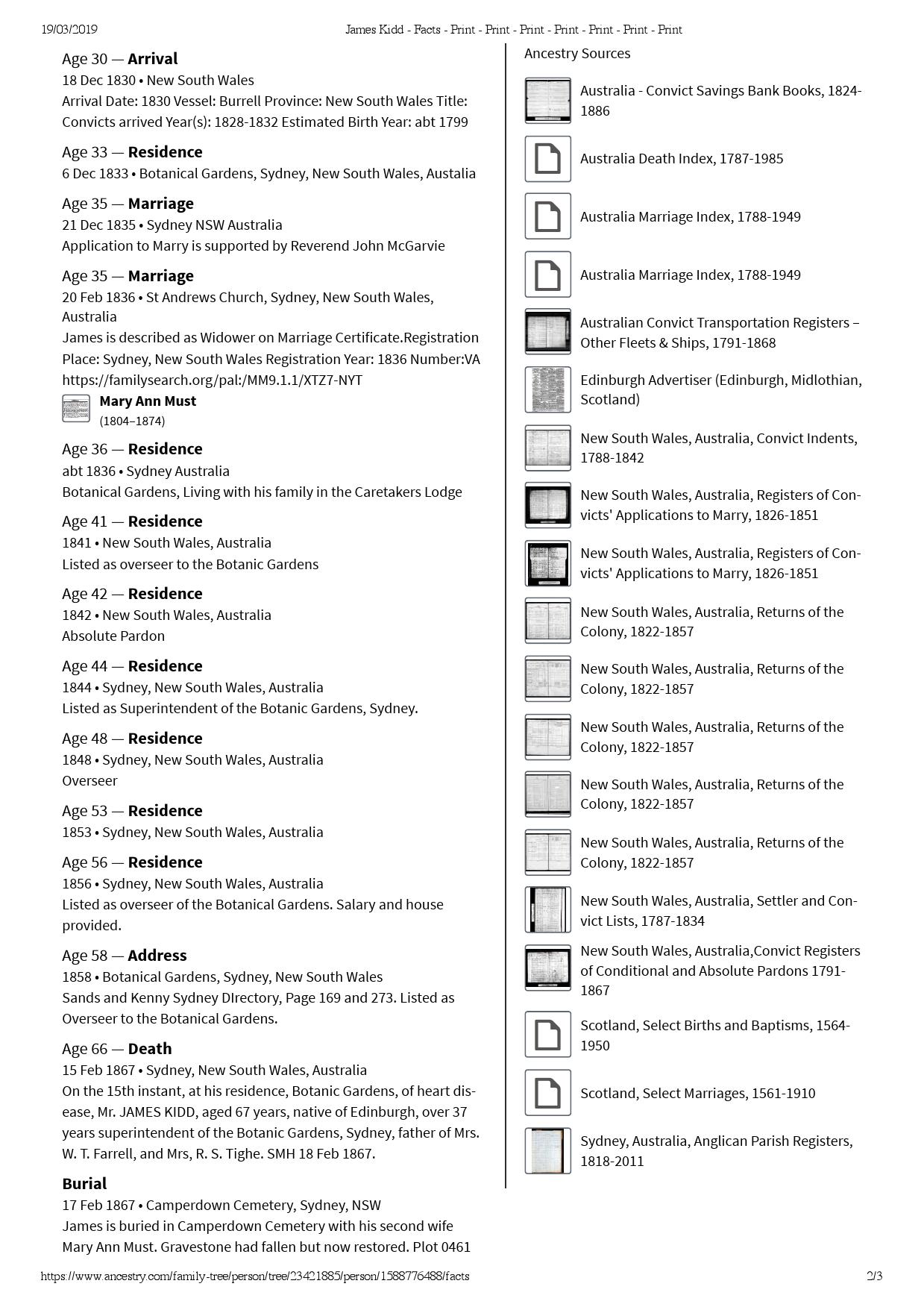
Frances “Fanny” Kidd (1837-1921), daughter of James Kidd and Mary Ann Must married Lt Colonel William Thomas Farrell (1835-1906) at St James Church on 12 August 1858 and they had ten children, Charles Mitchell Farrell (1859-1924) Laura Lavinia Farrell (1861-1864), Frederick W Farrell (1863-1863), William Tighe Farrell (1866-1923), Lydia Frances Farrell (1867-1944), Beatrice Augustine Farrell (1870-1871), Robert Meredith Farrell M.D. (1872-1941), Robina “Olive” Farrell (1874-1945), Helene Augusta Farrell (1875-1956) and Edith Willis Farrell (1877-1950).
Fanny Kidd was my husband Geoff Rundle’s Great Great Grandmother who married Lt. Colonel William Thomas Farrell and they had a large family who built and lived in their lovely home in Randwick called Swan Isle.
William and Fanny Farrell’s eldest son Charles Mitchell Farrell (1859-1924) married Charlotte “Cissie” Fanny Sarah Stewart (1865-1942) at St Michael’s Church, Surry Hills on 27 April 1887 and they had four children Ruby “Mardi” Muriel Farrell (1867-1979), Gordon Charles Farrell (1889-1891), Doris Elaine Farrell (1890-1923) and Sylvia Rita Lenore Farrell (1893-1978).
Sylvia Farrell was husband Geoff Rundle’s grandmother. Swan Isleis now listed on the Historic Houses Trust, and overlooks Centennial Park in Sydney’s Eastern Suburbs.
Lt. Colonel William Farrell had a large family monument built at Randwick cemetery, which also lists Martha Kidd, an elder sister of Frances Farrell nee Kidd amongst those buried in the grave. Charles Mitchell Farrell is also buried there, however his wife Cissy Farrell nee Stewart is not. The grave has a magnificent fallen granite grave monument which was presumably hit by lightning some years ago, causing the column to split and then fall. A second cousin of Geoff’s, Elaine Coldham, who is related through Doris Farrell, a sister to Ruby and Sylvia, photographed the monument grave in about 2005, before it was damaged. A further chapter, Charles Farrell of Mullingar, Westmeath, Irelandand his descendants, will feature more about Swan Isle, and will include more photographs of the Farrell grave monument at Randwick cemetery.
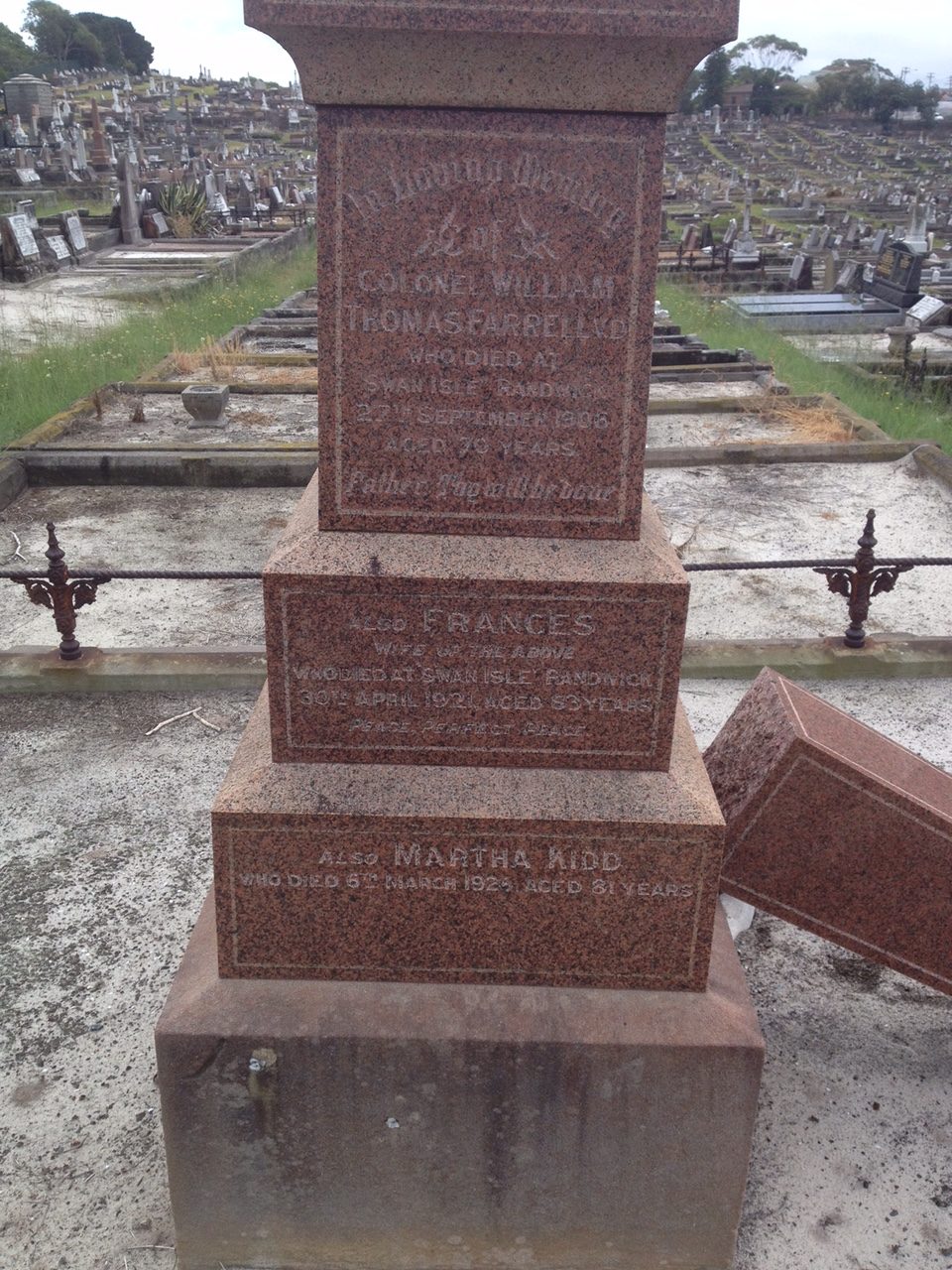
Farrell Family Grave and Monument, Randwick Cemetery, Sydney, Martha Kidd and her sister Frances Farrell are listed on this grave.
At the bottom of the grave you can just work out the name Martha Kidd. I must say early on I was pretty well on my own when researching the Kidd Family and when I found Martha Kidd buried in this grave at Randwick I was exceedingly happy to think that I had made the correct links between the families and found two Kidd siblings buried together. This was in 2011, about two years before I was to make a connection with Elaine Coldham.
I now decided to turn my research to Mary Ann Must, James Kidd’s second wife, and searched English baptism records for Mary Ann Meist/Must and came up with a London Baptism for a Mary Ann Must.
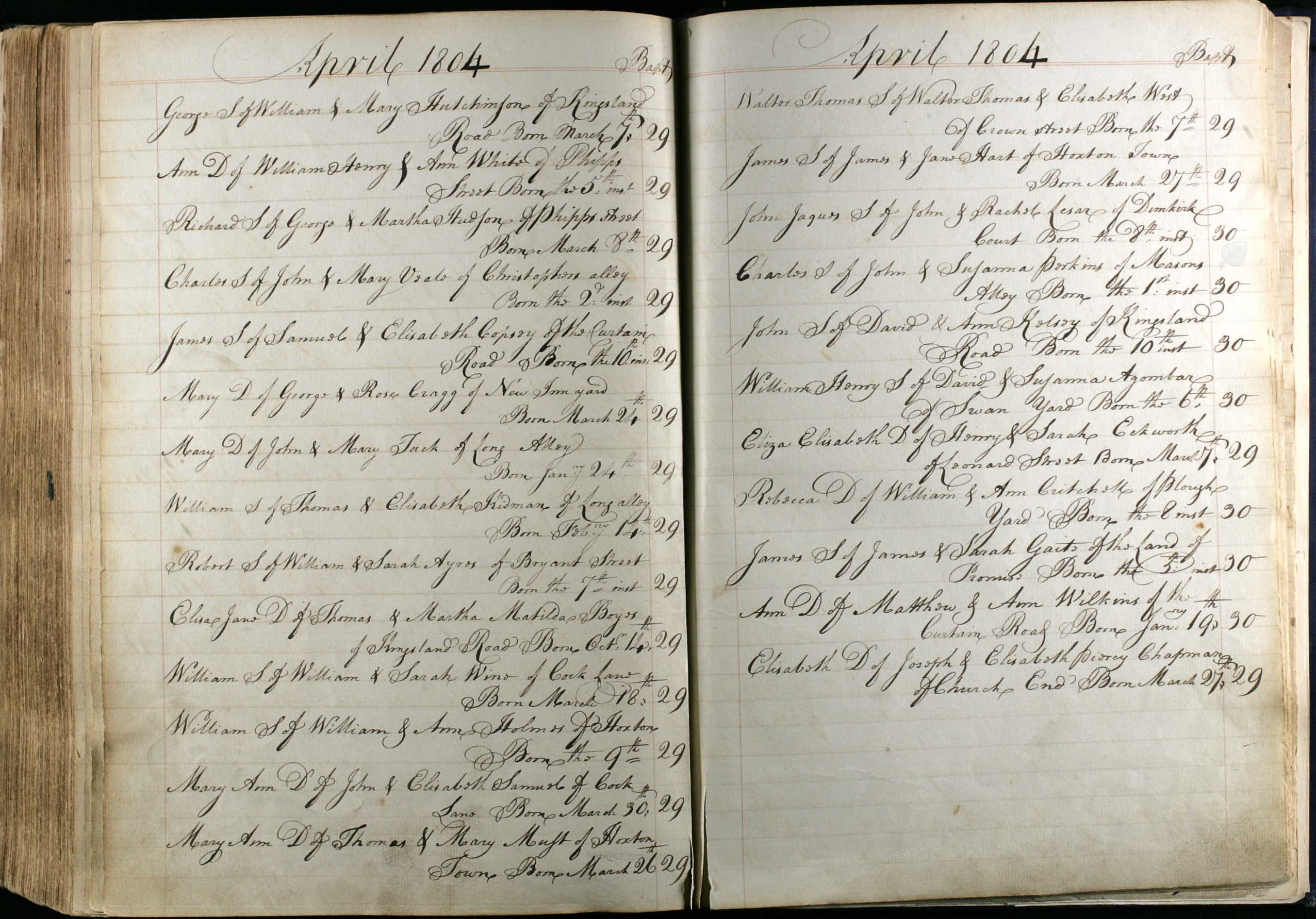
St Leonards, Shoreditch, Parish Register 29 April 1804, Baptism of Mary Ann Must, daughter of Thomas and Mary Must of Hoxton Town, born March 26 1804
Thomas Must (1815-1905) married Ann Wilcox at St James Church, Sydney on 25 August 1842 and they had fourteen children, Baby Must (1842-1843), Ann Must (1845-1915), Baby Must (1846-1846), Frances Ellen Must (1848-1923), Emily Kate Must (1849-1933), Amelia Must (1851-1932), Marion Lily Must (1853-1931), Clara Must (1855-1938), Thomas Beilby Must (1859-1939), Philip William Mst (1859-1939), Edith Must (1861-1939), Alice Meta Must (1863-1946), Francis “Frank” Must (1866-1934) and Charles Edward Must (1867-1939).
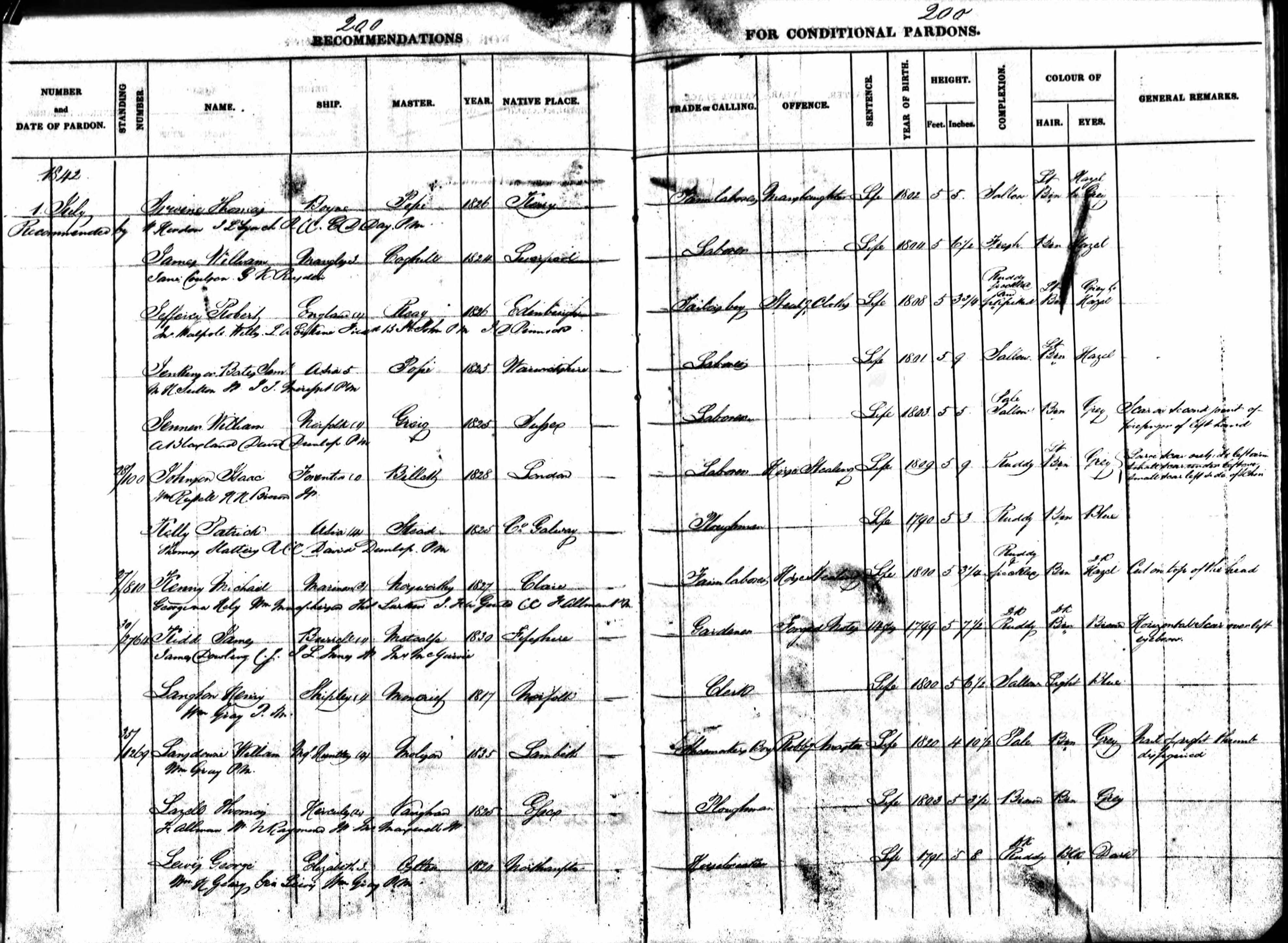
Two years after Kidd was granted his conditional pardon, he was formally pardoned in 1844, and this was the year that he was appointed acting Superintendent of the Gardens by the Trustees of the Australian Museum. However, political lobbying erupted between the Trustees of Kew Gardens in London, who appointed Charles Moore, and the Museum Trustees in Sydney, comprising of Messrs. McLeay, MacArthur and King, who appointed John Bidwell to the same job in 1847. There was fury when Mr Bidwell’s position was seen to be overturned in favour of Mr Moore; however fate intervened when Mr Bidwell lost his life during a surveying trip to Wide Bay in February 1848. James Kidd reverted to a position as resident Overseer, a position he held for 33 years and Charles Moore became Superintendent of the Botanic Gardens for the next 50 years. During his career, James Kidd travelled widely and even visited and crossed the Blue Mountains in a search of seeds and seedlings to plant in the Botanic Gardens. James Kidd was also awarded a silver medal in 1842 from the NSW Horticultural Society for the first olive oil produced in the colony. James was also the first apiarist in the Botanic Gardens, establishing a bee hive in the gardens, to aid the pollination of his plants. My husband Geoff and I visited the NSW State Library in July 2013 to view a book called “Records of Australian Botanists” by J.H. Maiden, in the hope we might glean some extra information regarding the life of James Kidd.
Maiden’s book gave us some exciting information regarding James Kidd, including his photograph, taken in 1863 and his birth date, which solved a puzzle, as there had been three James Kidd/Kydd/Kyd’s born in Fifeshire between the years 1799 to 1801. As genealogist I was compelled to be conservative about his place and date of birth until I had found further evidence. I now feel comfortable accepting this Baptism for James Kyd from Pittenweem, Fifeshire, as the coincidence is too great, regarding his actual birth date, see below.
The fact that there is a discrepancy in his year of birth can probably be accounted for by either the persons who supplied the information, most probably being his children, or a transcription error by the author, J. H. Maiden. Much information was verbally passed to biographers and those writing obituaries, in the absence of actual records being available in the early colony of NSW. It is probable that whilst the date was correct, the year given was either wrong or transposed.
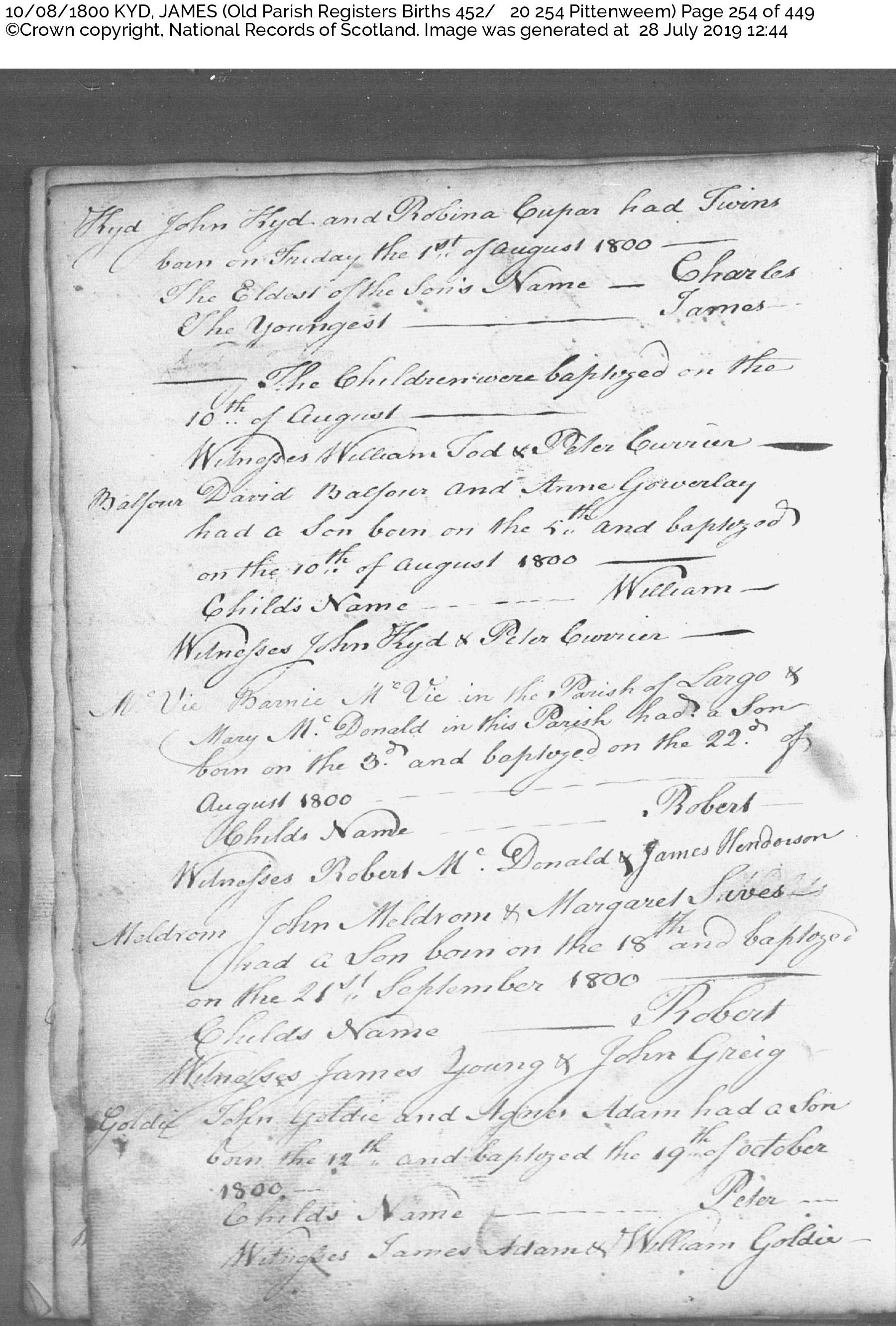
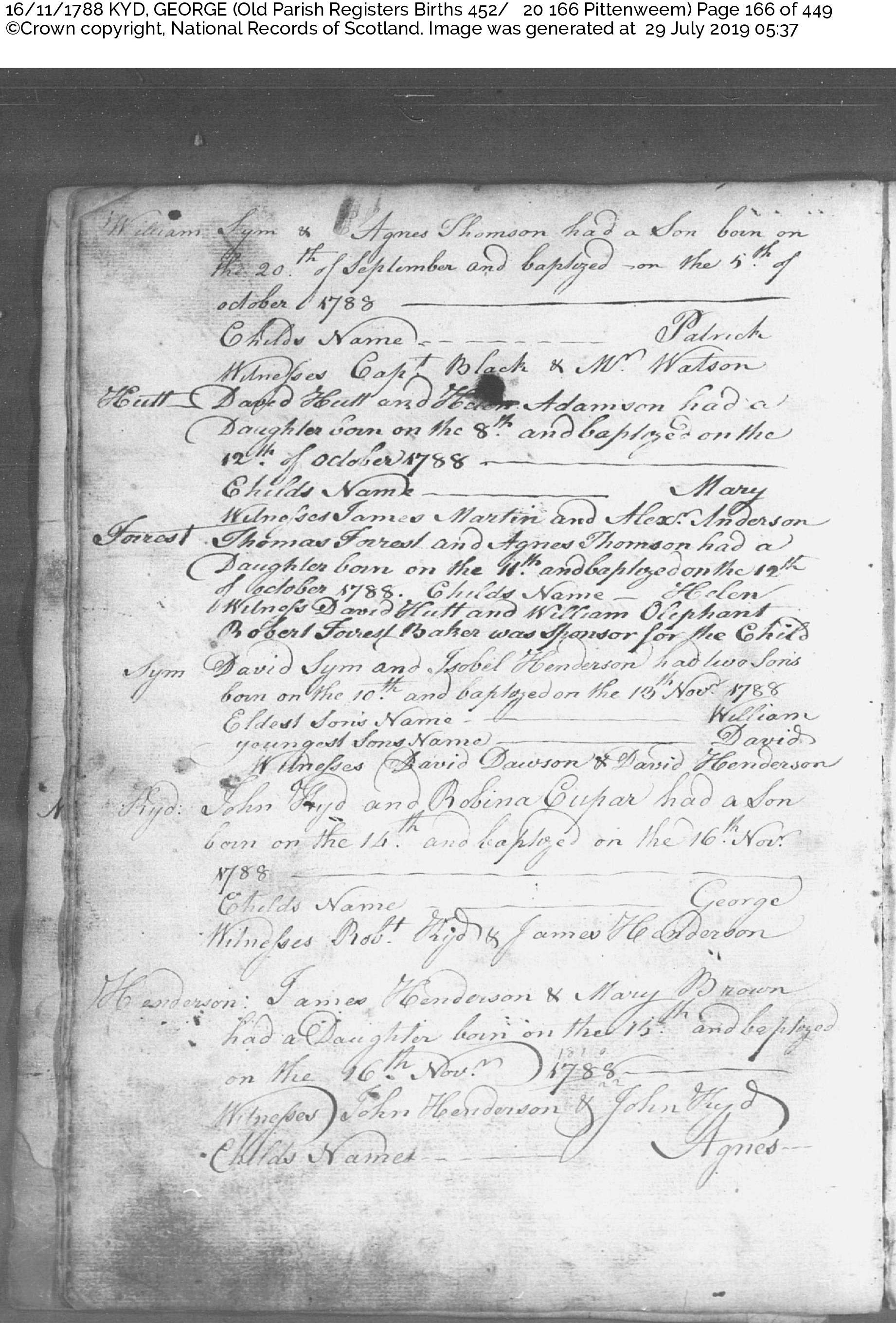
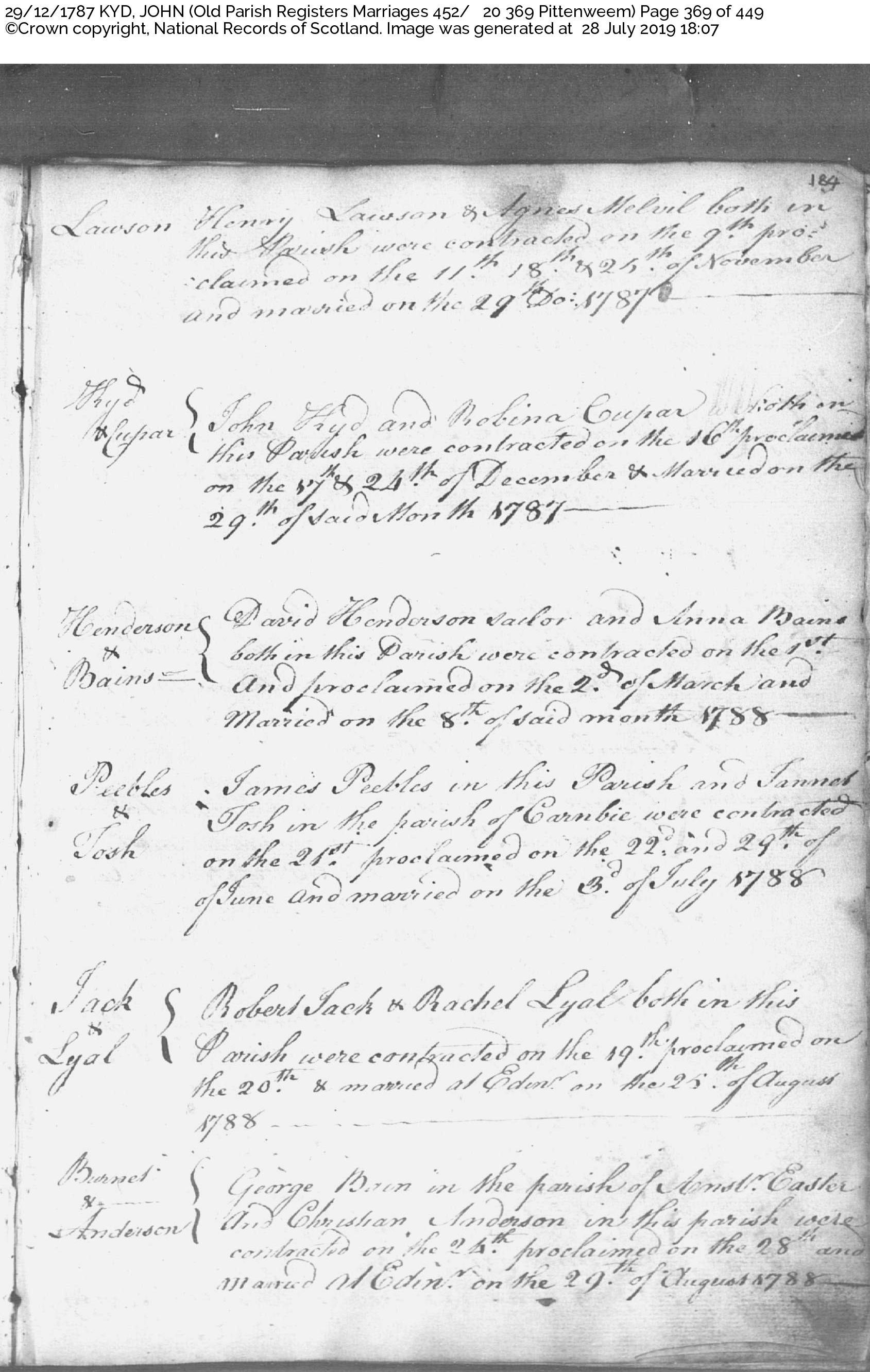
The precognition of James Kidd was available at The Scotlands People, if ordered in advance of your visit, and was listed as “Information from the Edinburgh Archives of Scotland”.
|
||||||||||||||||||||||||||||||||||||||||||||||||||||||||||||||||||||||||||||||||||
|
During searches of early Australian newspapers I found James Kidd’s funeral notice in the Sydney Morning Herald, stating that he was buried at Camperdown cemetery and that he died on 15 February 1867. I also found a funeral notice for his wife Mary Ann Kidd stating the same cemetery information.
Death notice for James Kidd, The Sydney Morning Herald 18 February 1867 (the newspaper print has seriously deteriorated)
Thus began my search to find the grave of James and Mary Ann Kidd. Geoff and I first visited Camperdown Cemetery in the winter of 2012, accompanied by our brave and faithful West Highland White Terrier, Roy, during a wild rainstorm and although fruitless, it resulted in our falling completely under the spell of this magnificent, wild and most beautiful green place in the heart of Sydney. Quite by chance, in February 2013, I found the 1968 microfishe transcriptions of the headstones of Camperdown Cemetery by the Society of Australian Genealogists at their Kent Street Library in Sydney and noted that James Kidd’s headstone mentioned that he was Superintendent of the Botanic Gardens of Sydney and also that the headstone had probably fallen since the time the transcriptions were taken in the late 1950’s, because when rechecked in 1990 a note explained that the headstone was not found. Camperdown Cemetery had been quartered in size in 1948 when Camperdown Memorial Park was created in Newtown. St Stephens Church and the remaining cemetery area was walled off from the park, with many relocated headstones being affixed to the inside perimeter walls. Quite remarkably the Kidd’s grave was reported as having being resumed from the outer perimeter and they were reburied within the existing cemetery during this time. I was helped extensively by Jenna Watson, of the Camperdown Cemetery Trust, who gave me the names of other graves listed nearby, to gain the probable whereabouts of the Kidd grave and from old map co-ordinators, some deductions, much pacing through almost knee high native grasses and a fair bit of luck on a magnificent sunny morning, we examined a fallen headstone on 7 March 2013, which was lifted partially off the ground. It was just enough for my husband, Geoff, to peer underneath and exclaim that he could see and read clearly the original inscription. Most excitingly we had found James and Mary Ann Kidd’s headstone, which has possibly been protected all these years from further deterioration by its fallen state. As a genealogist my immediate desire was to lift and restore, however as an archaeologist my concern is to preserve the inscription, which will last longer in its fallen state.
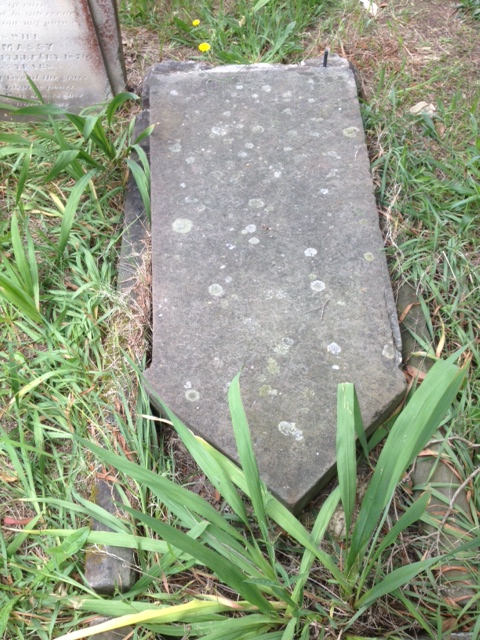 Fallen Kidd Grave, Camperdown Cemetery, Sydney
Fallen Kidd Grave, Camperdown Cemetery, Sydney
Spire of St Stephen’s Church, Camperdown
St Stephens Church sits within Camperdown Cemetery and was built by Edmund Thomas Blacket. It is a wonderful example of his work and located close by to the western side of the church his grave can be found.
Grave of Edmund Thomas Blacket, Camperdown Cemetery, photo by Virginia Rundle 2014
In early 2018 work started on several restoration projects at Camperdown Cemetery and with a grant from the State Heritage Commission and several family donors, including our own donation on behalf of the Rundle family, this work was undertaken. Many headstones were restored, cleaned, graffiti was removed and several graves had their foundations secured, others had their engravings remarked.
We were so lucky that James Kidd’s grave was selected amongst this honoured few and on Good Friday 2018 Geoff and I paid a visit to the cemetery to view the restored grave of James Kidd and his wife Mary Ann Must. It was a magically sunny morning and this restoration is the culmination of my many years of research on the Kidd family.
Bibliography:
Lesley Turner for kindly sharing Kidd, Dillon and Tighe family documents and great appreciation and thanks for her excellent research documents and our collaboration on this part of the family history
Maiden, J.H. (1908) Records of Australian botanists, Biography, Australian National Herbarium

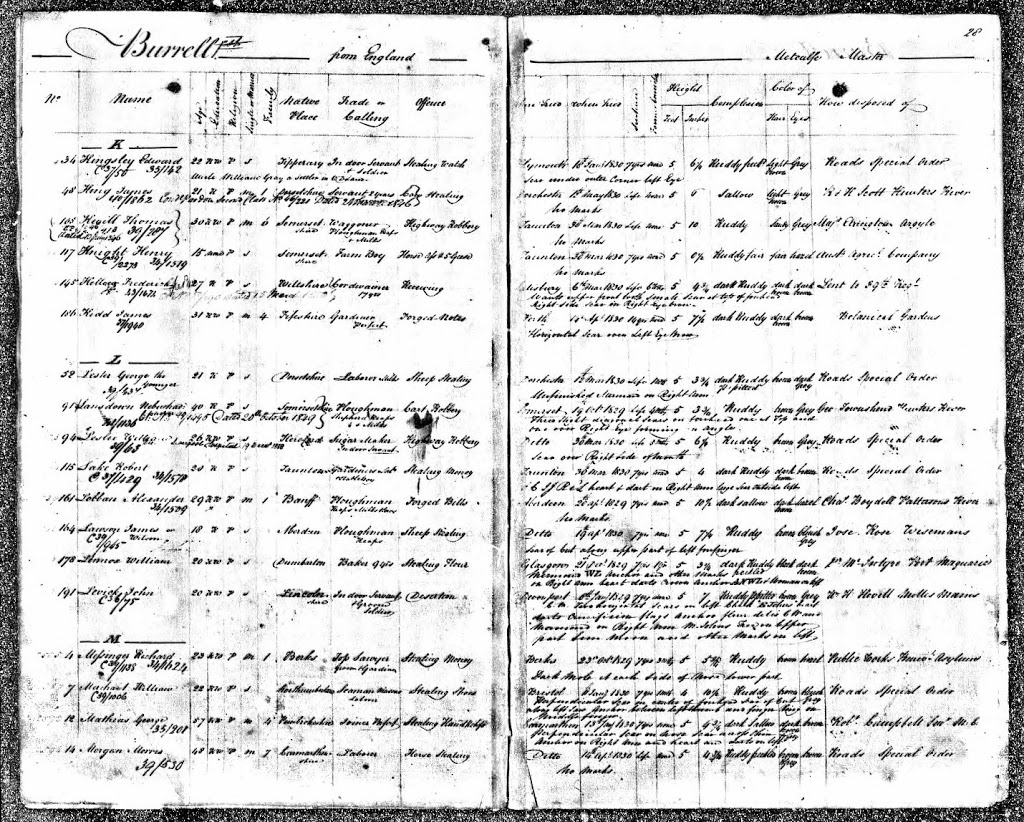
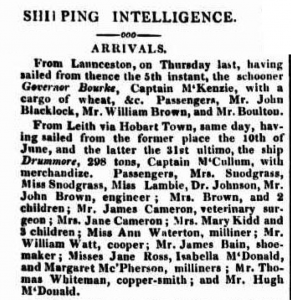
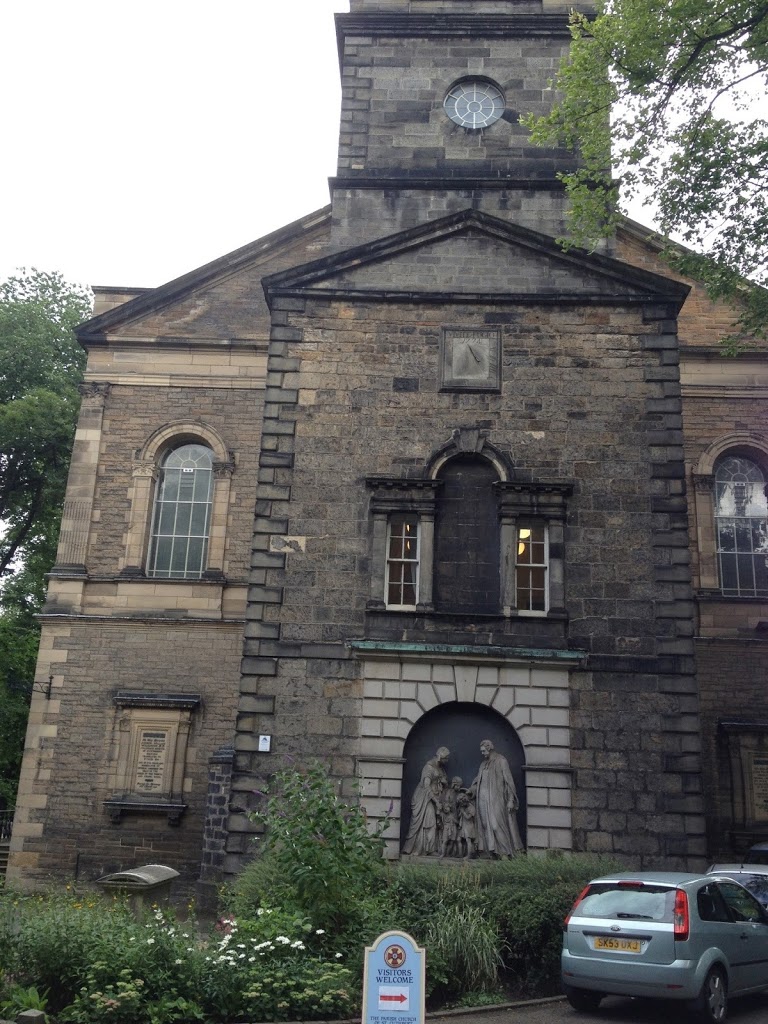
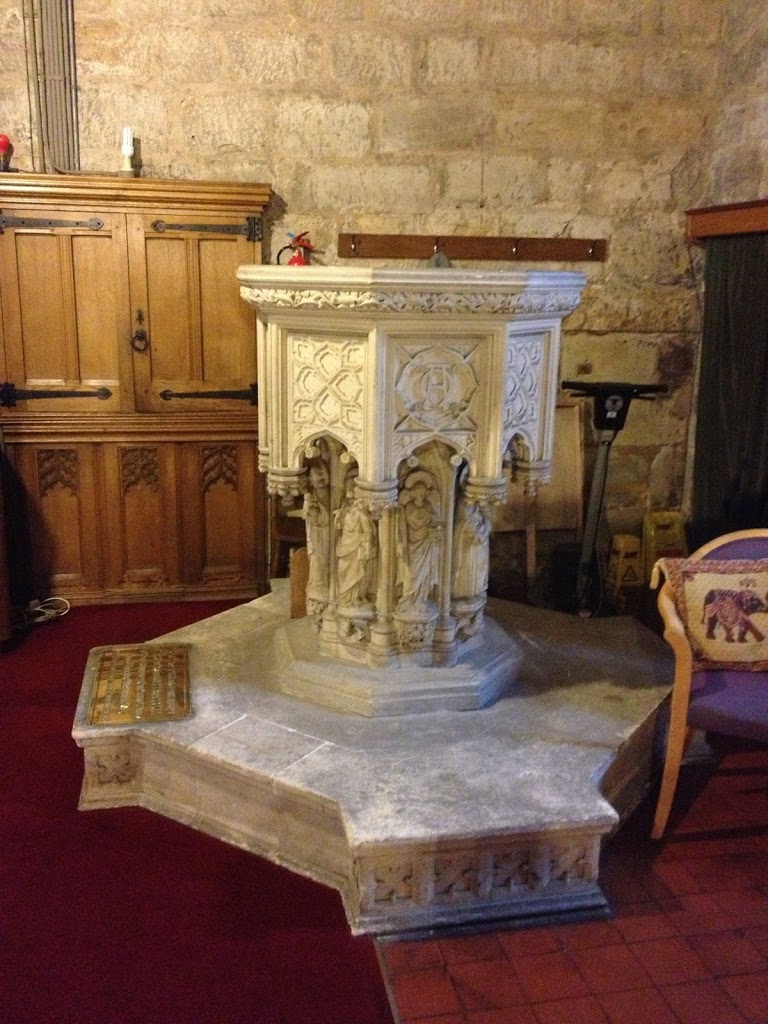
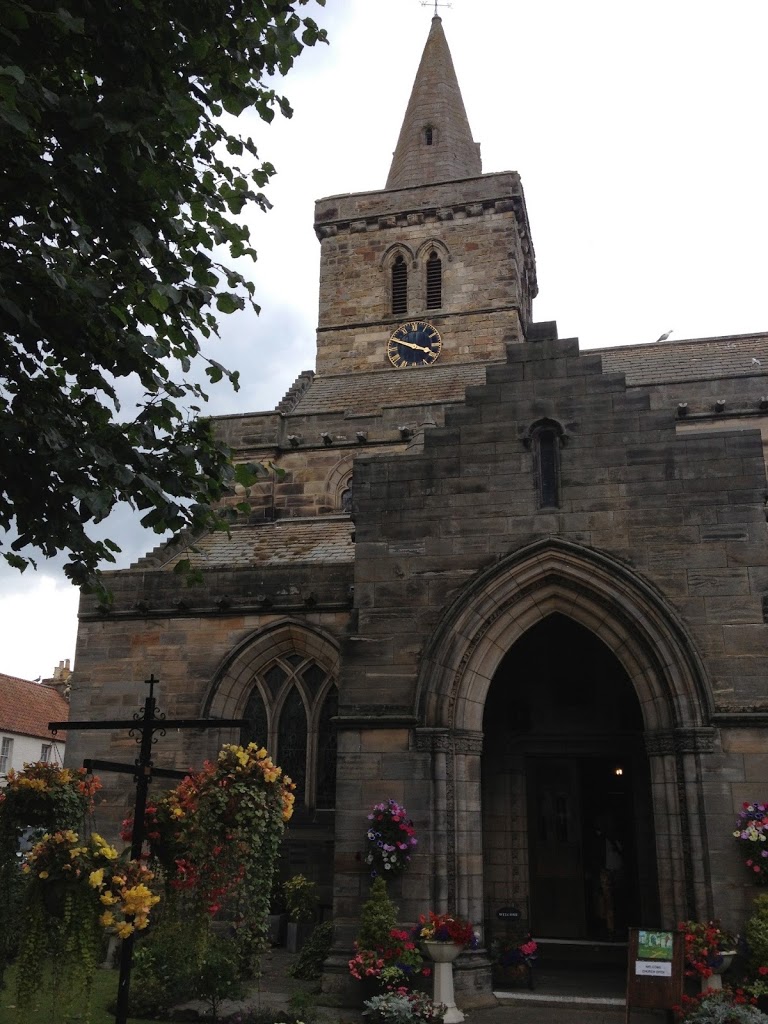
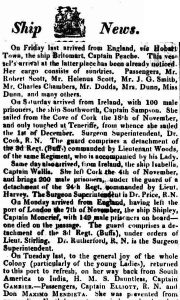
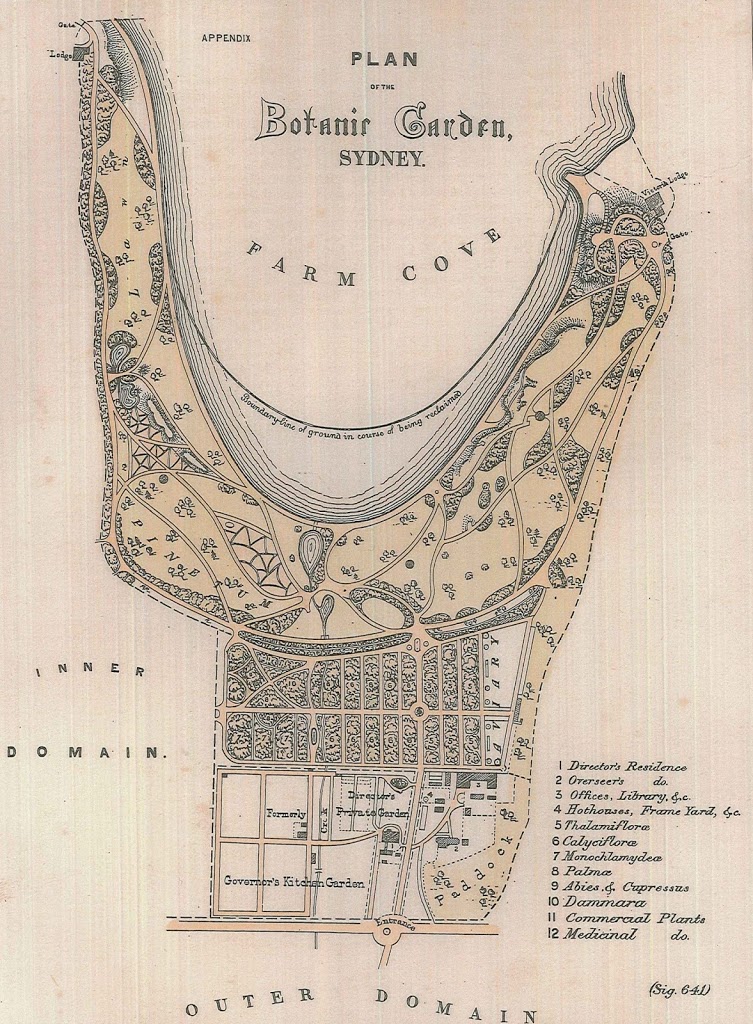
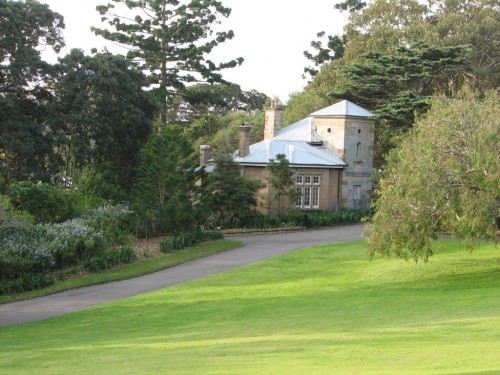
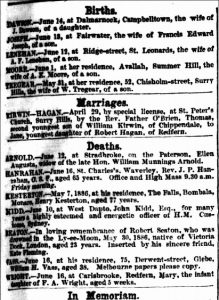
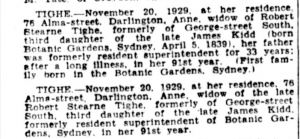
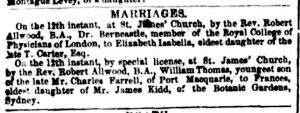
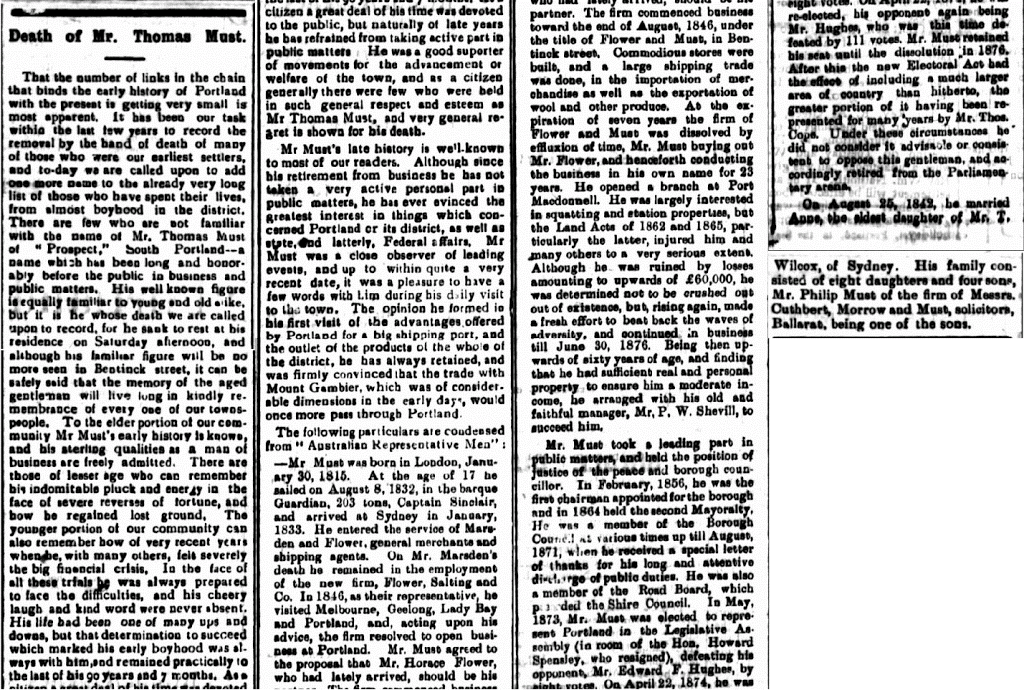
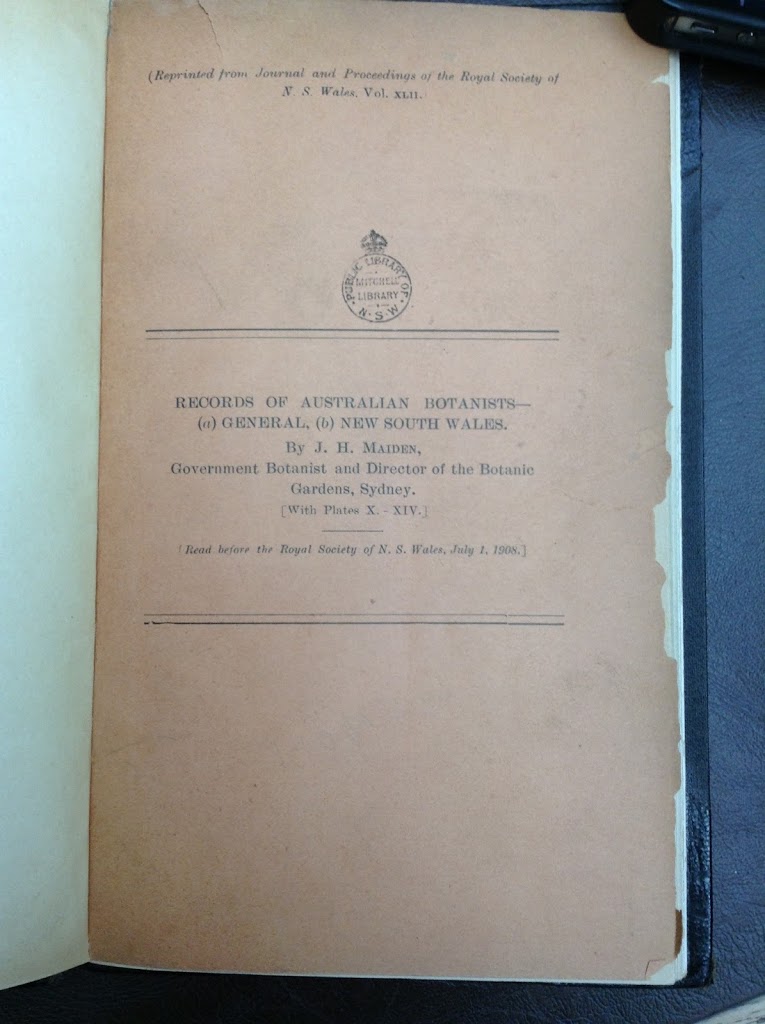
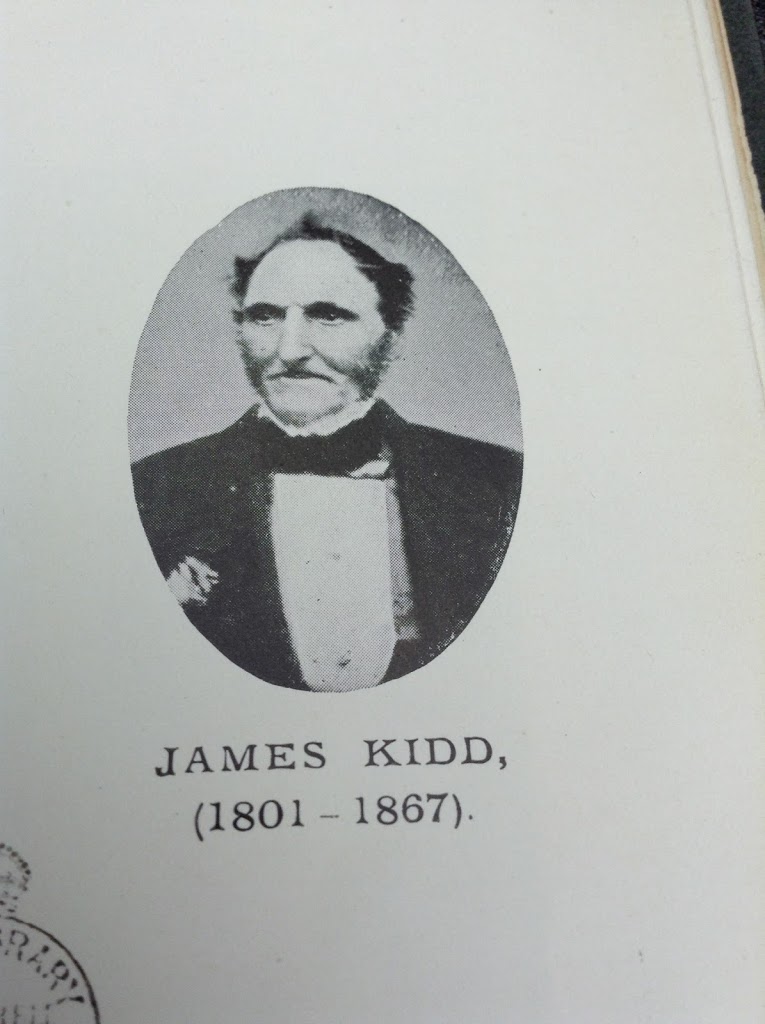
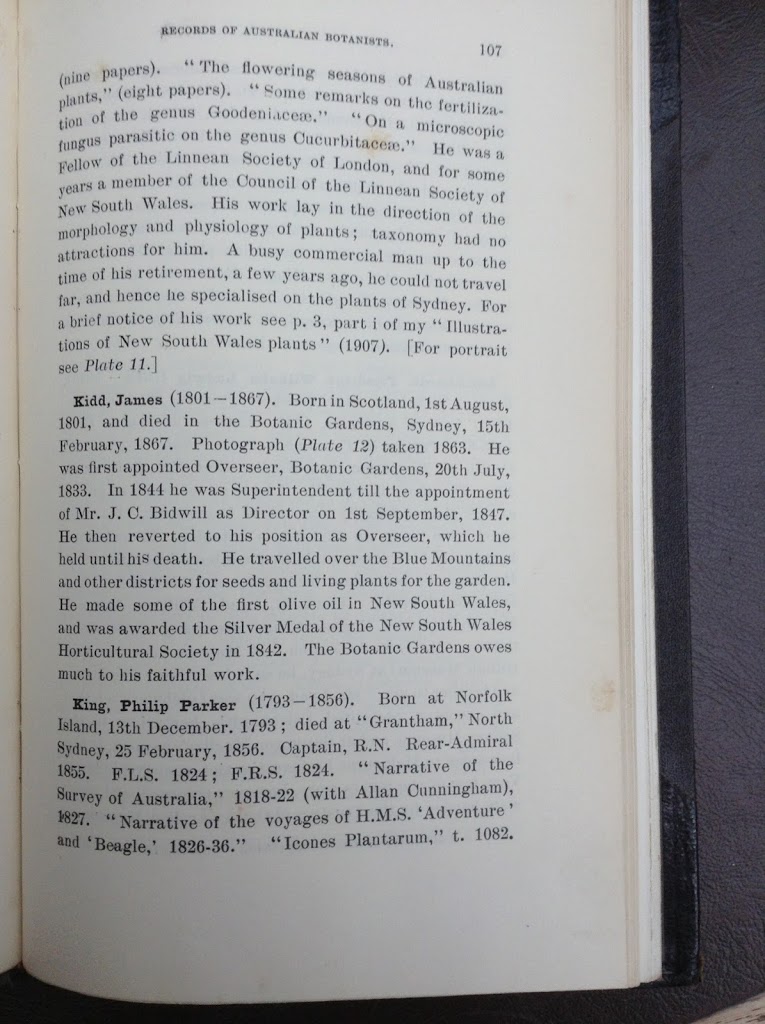
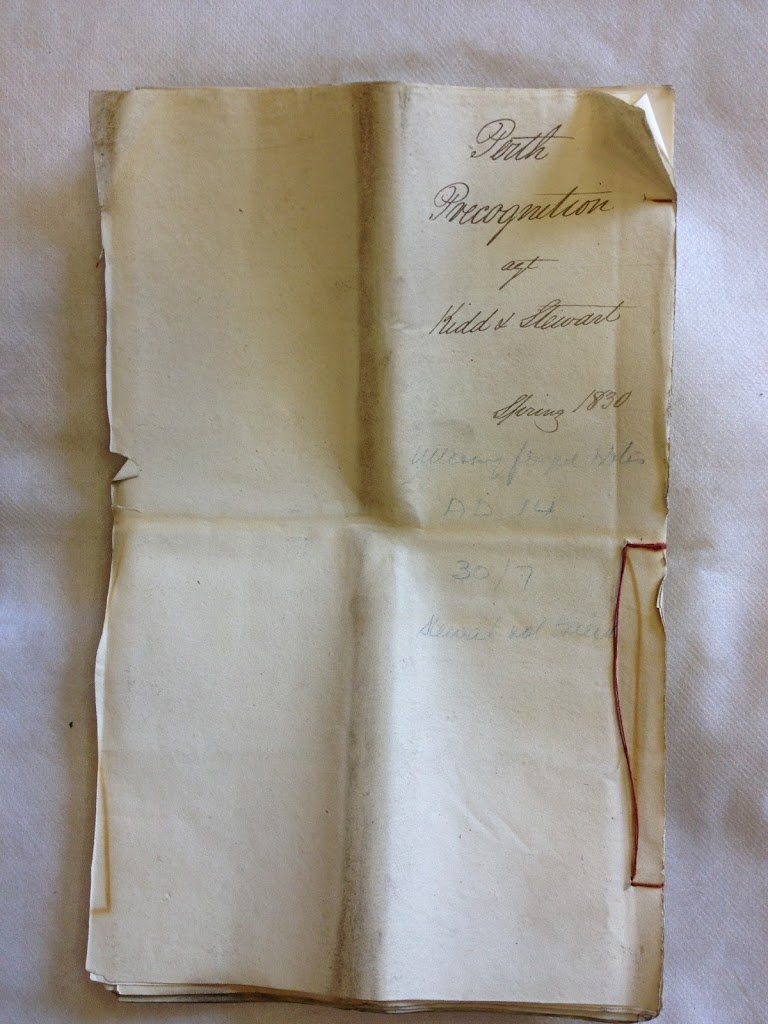
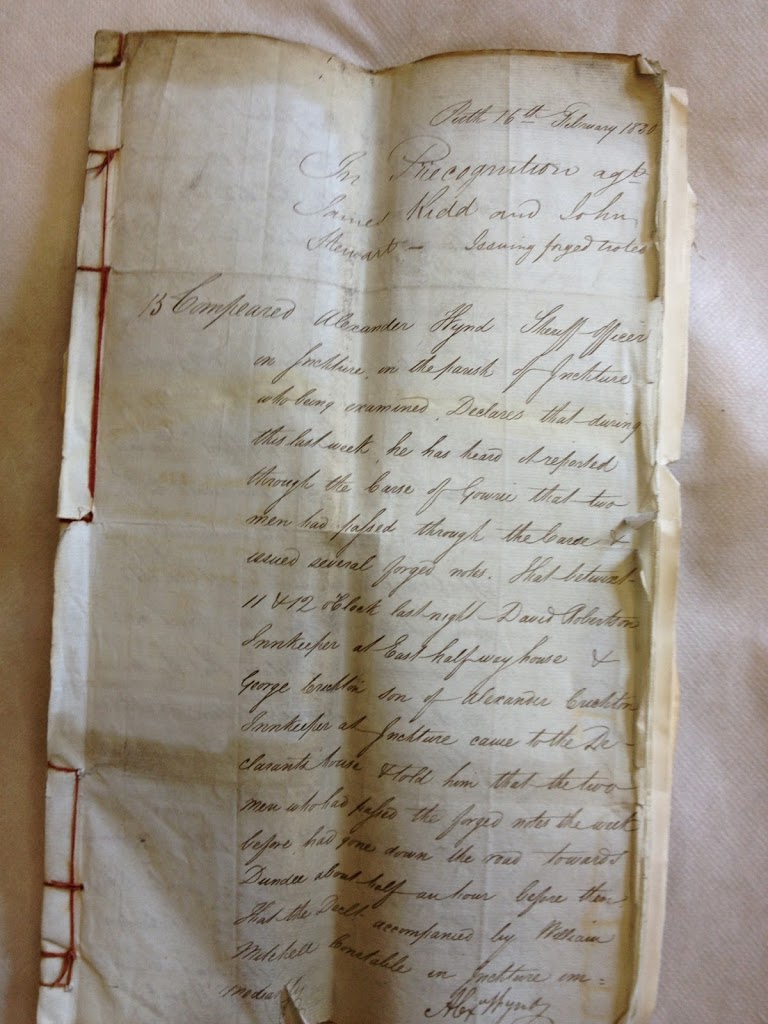
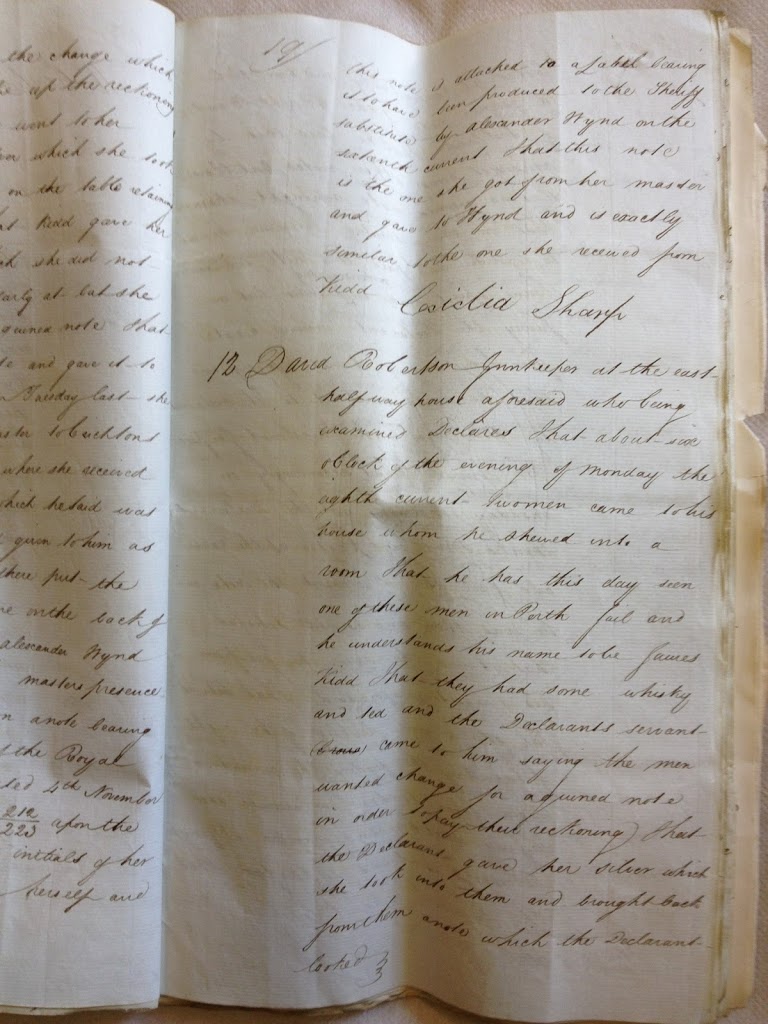
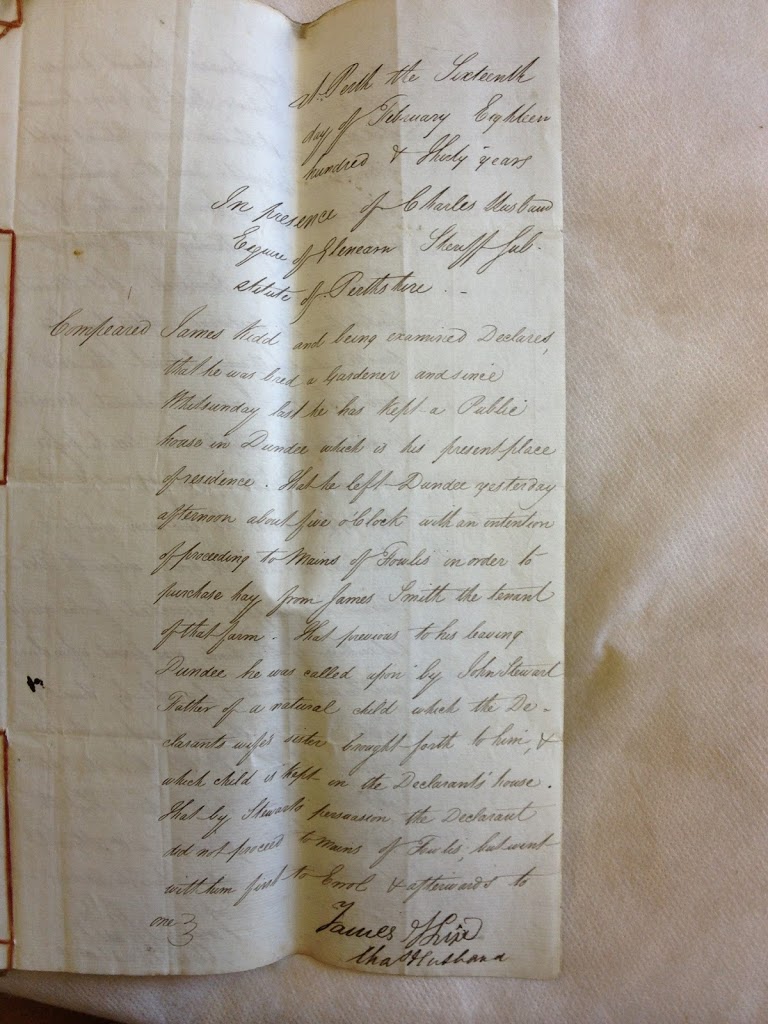
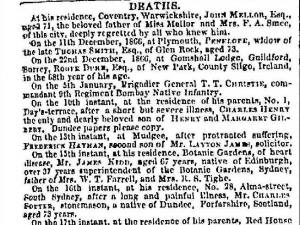
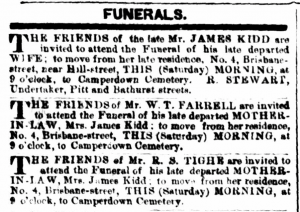
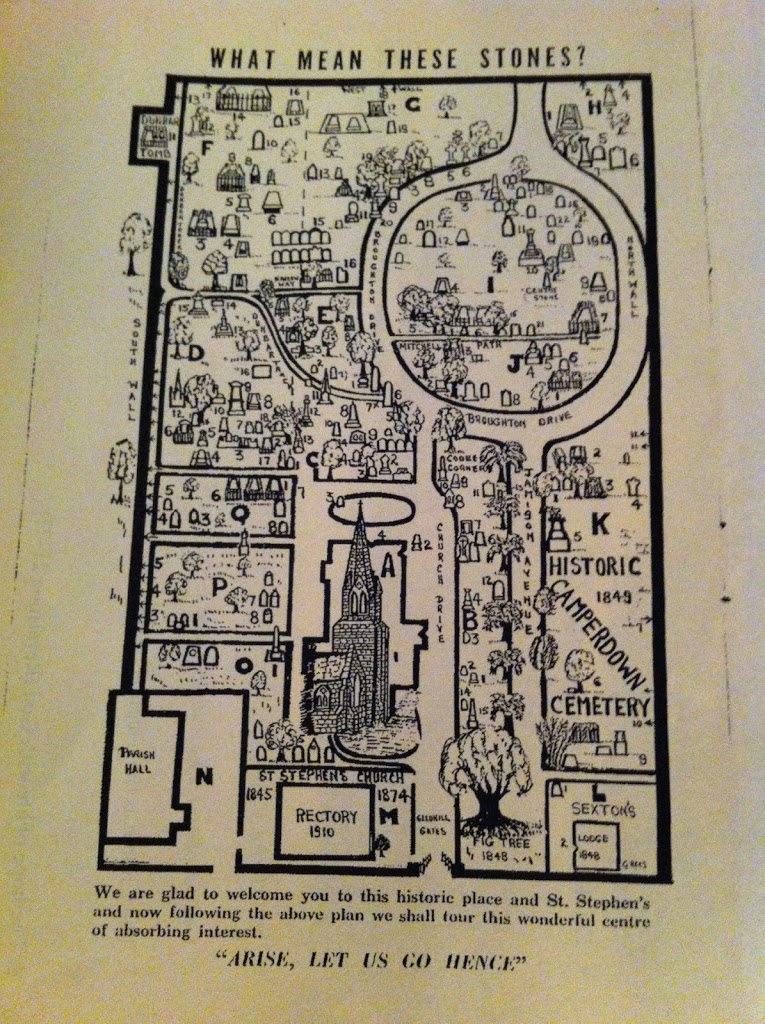
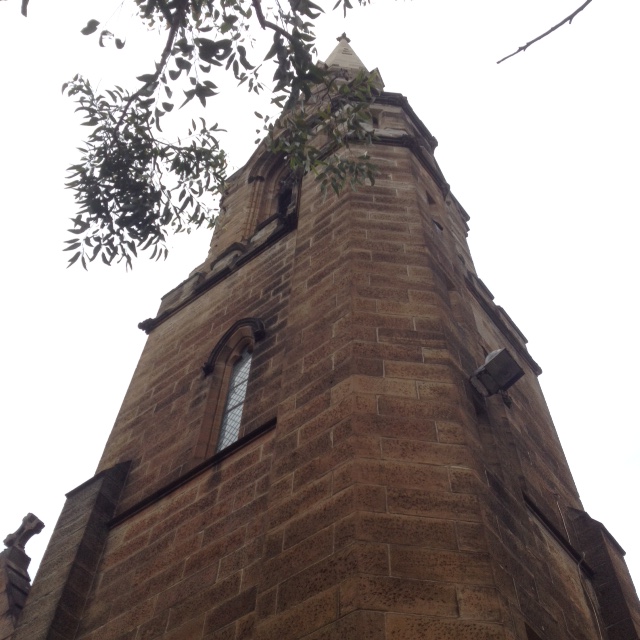
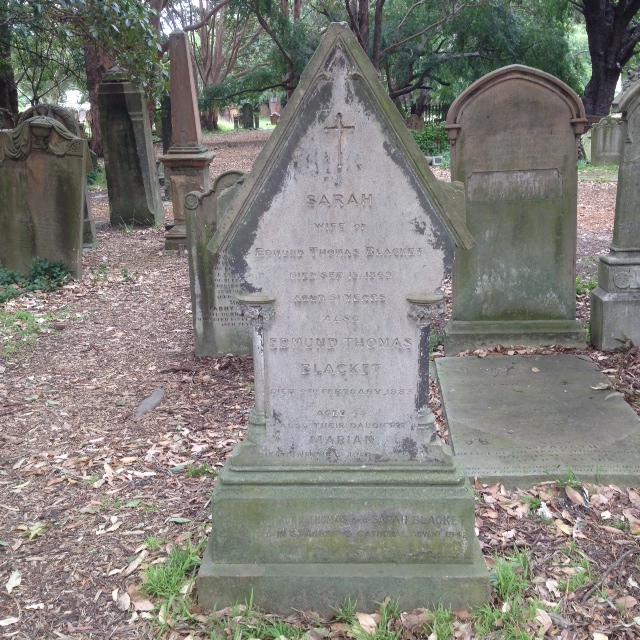
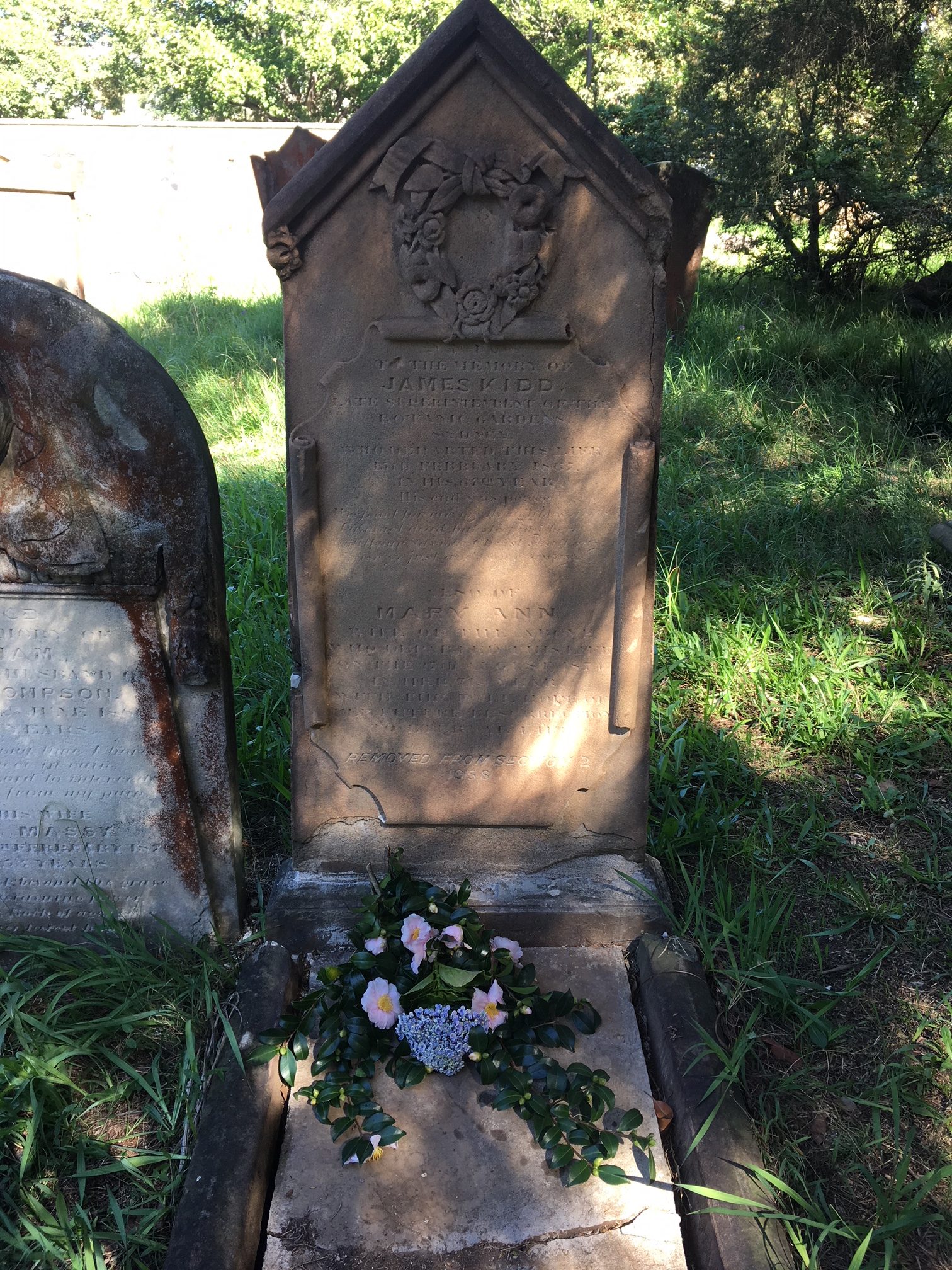
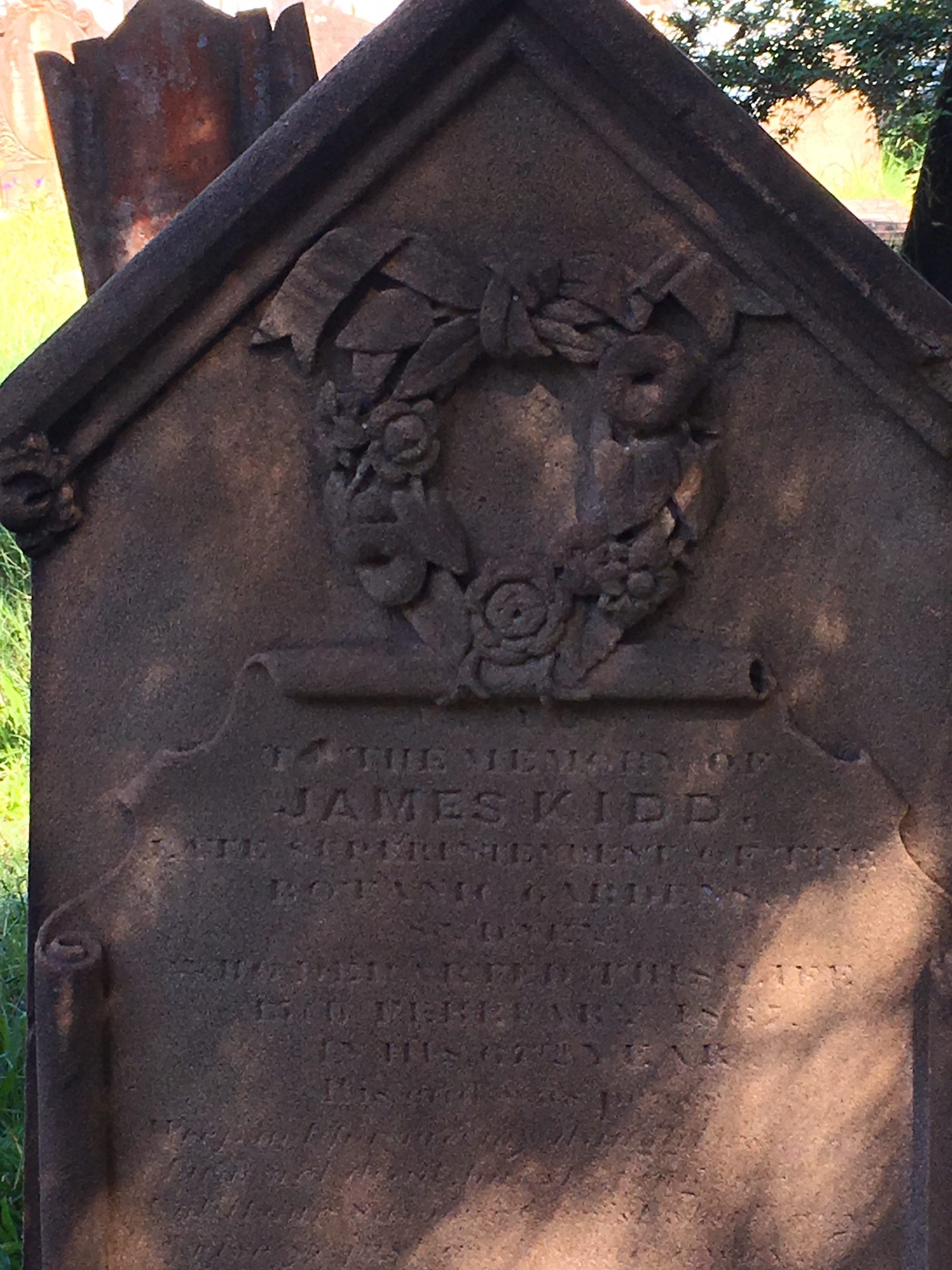
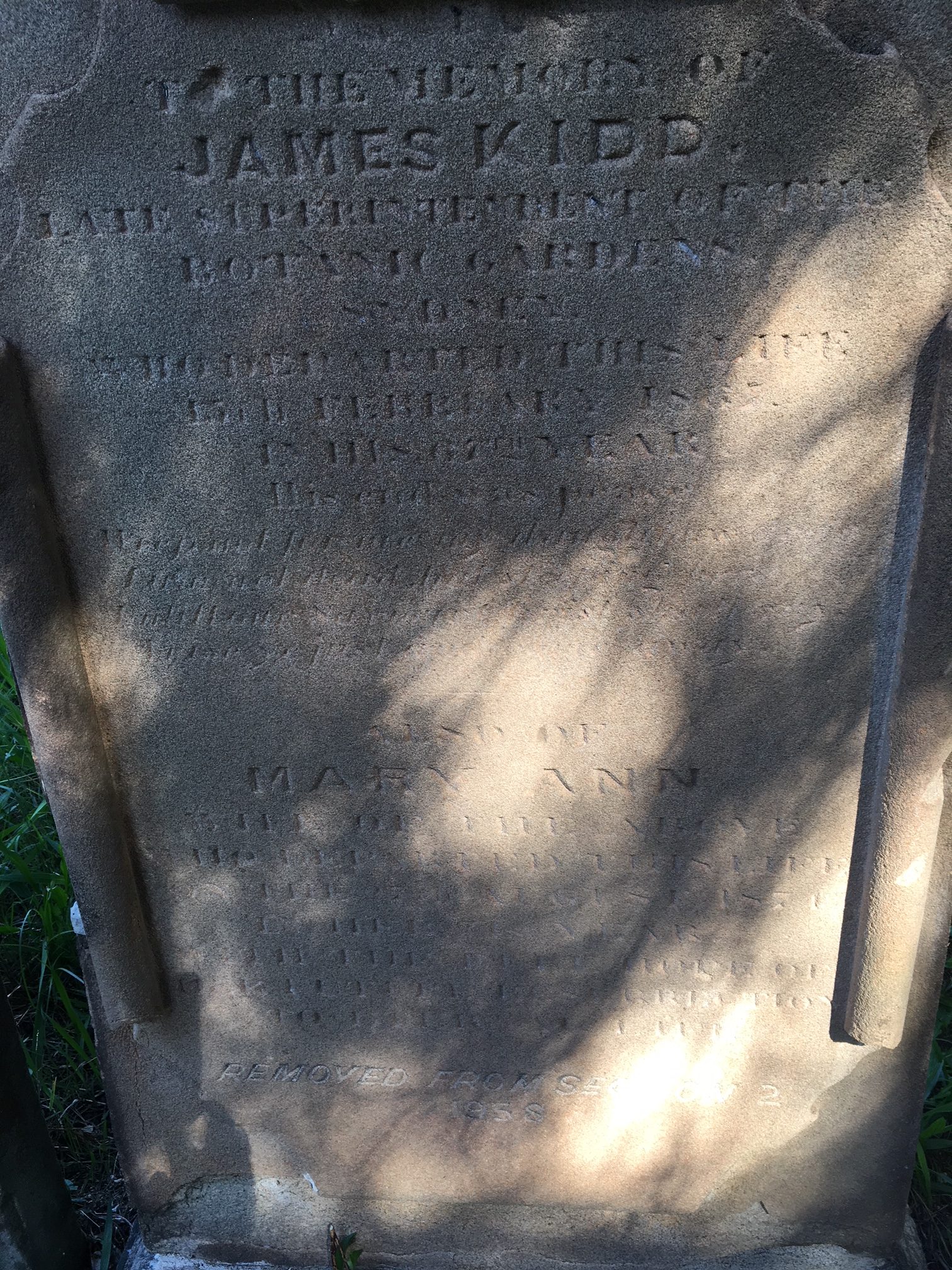
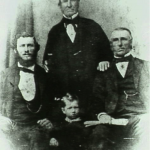
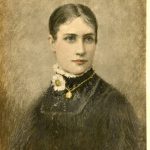
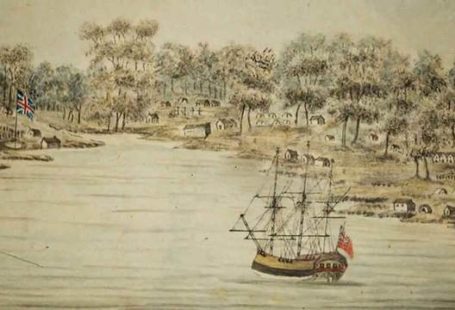
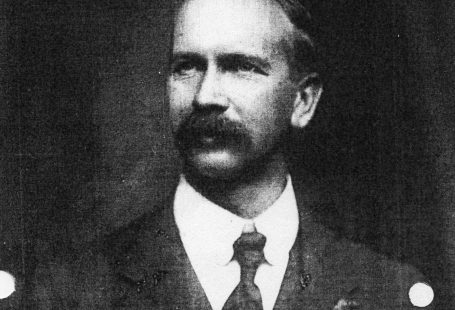
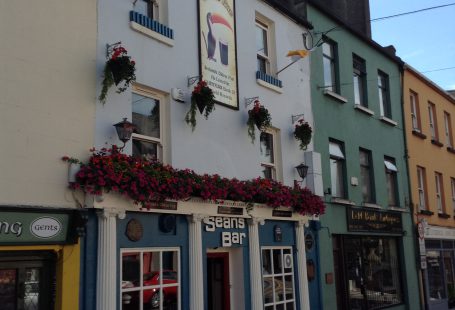
2 comments On James Kidd of Fifeshire, Scotland and Sydney, New South Wales, Australia
My Goodness
I was left a small letter from my great aunt about James Kidd .I believe he is my GG grandfather No time at the moment, just “googled.
Thank you for all of your work.
Kind regards,
Cath Horsfield
Any relations to Kidd’s at John’s River NSW?